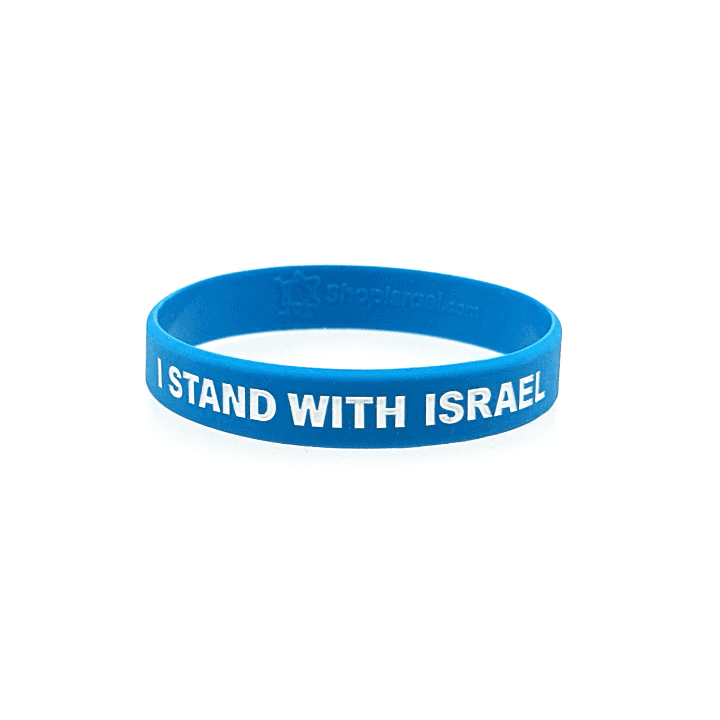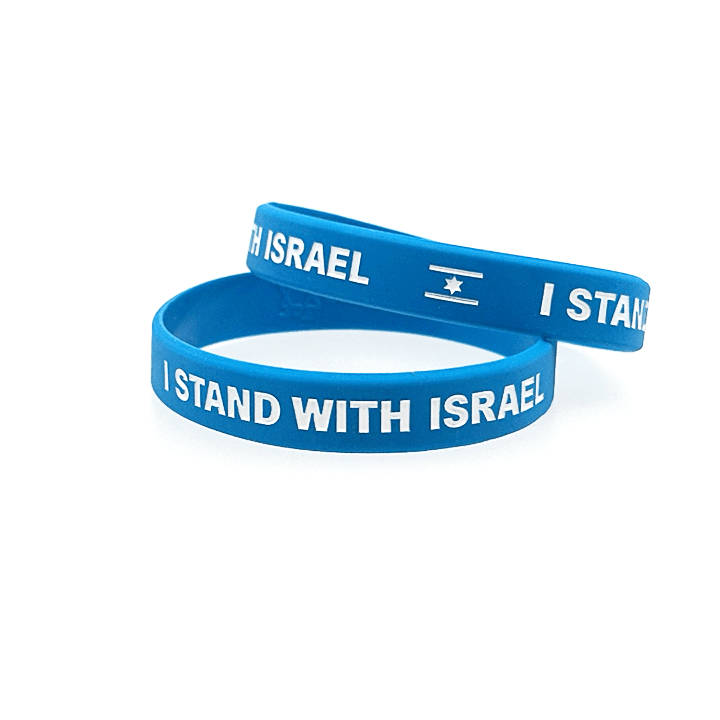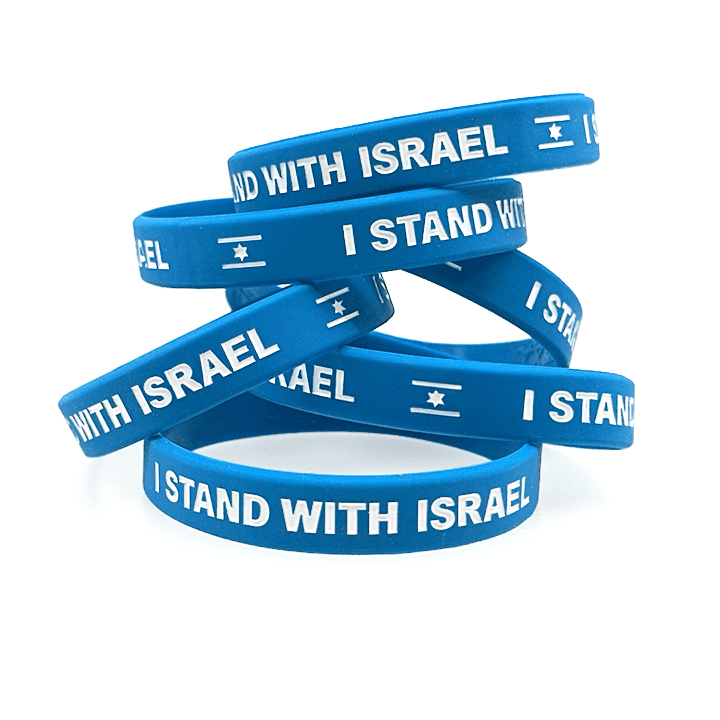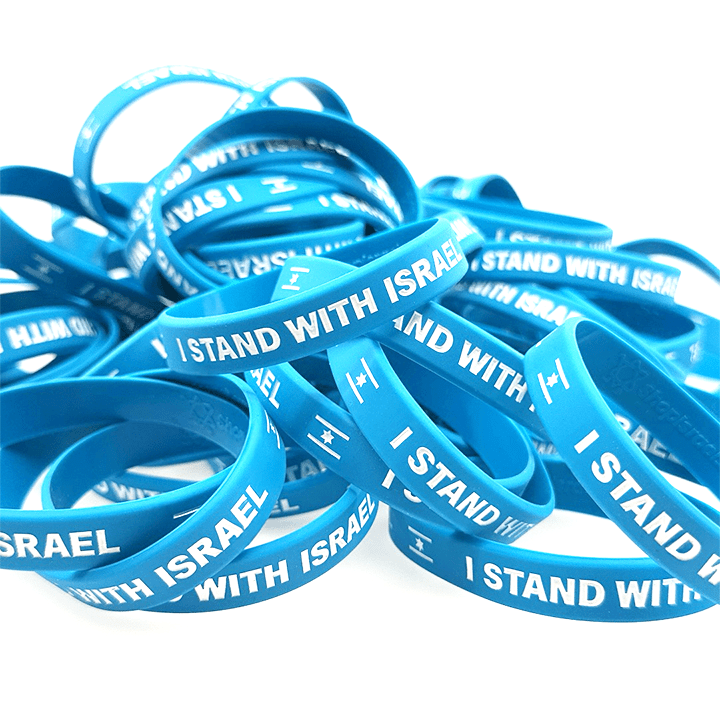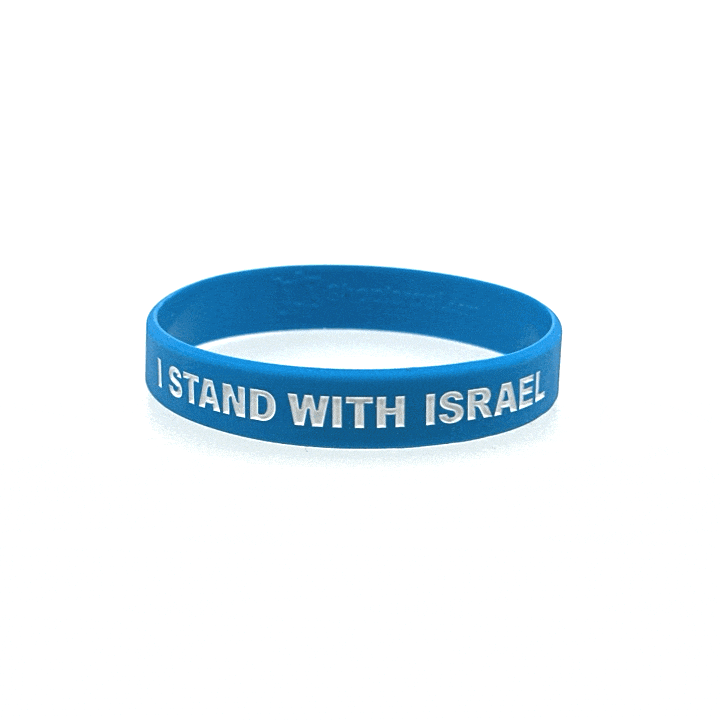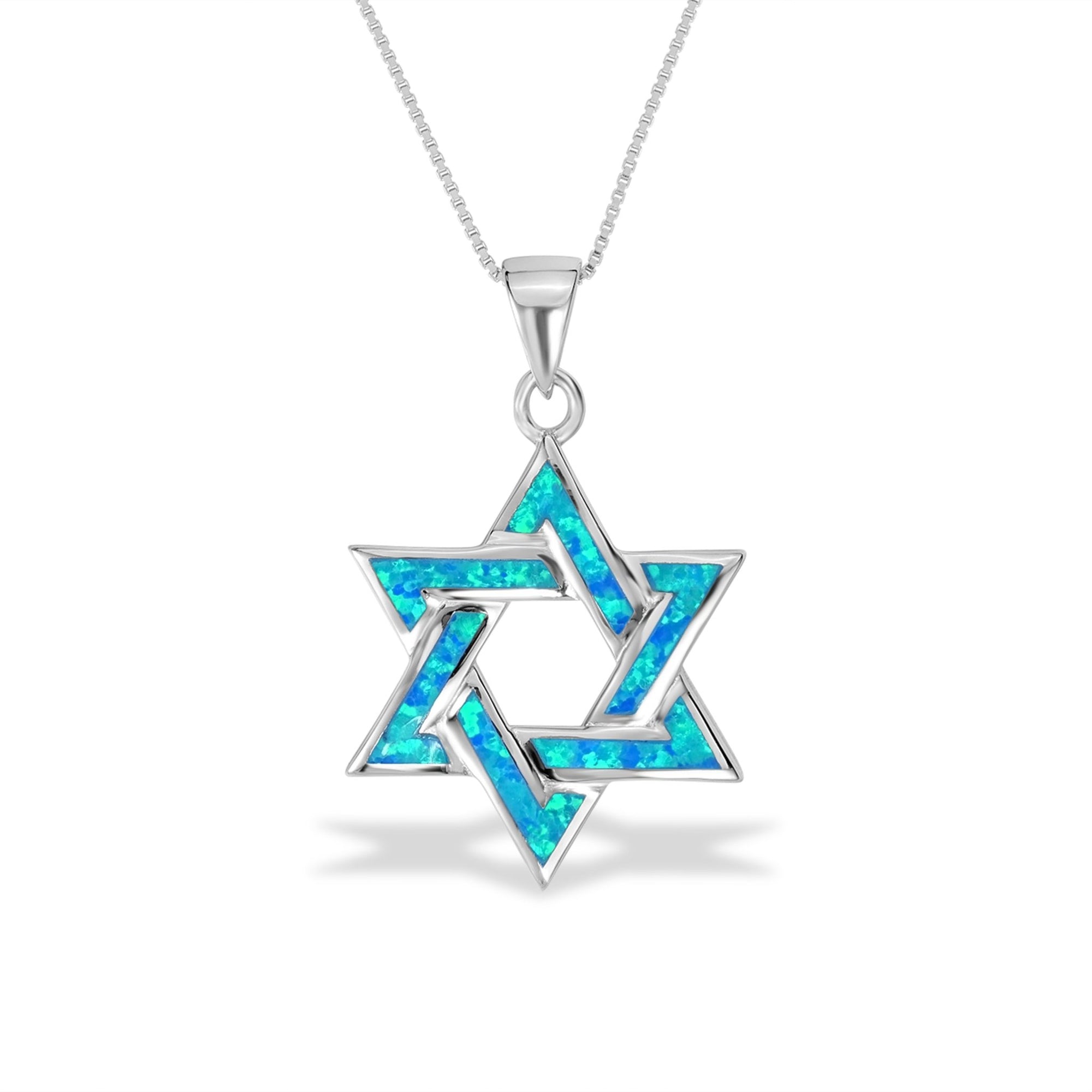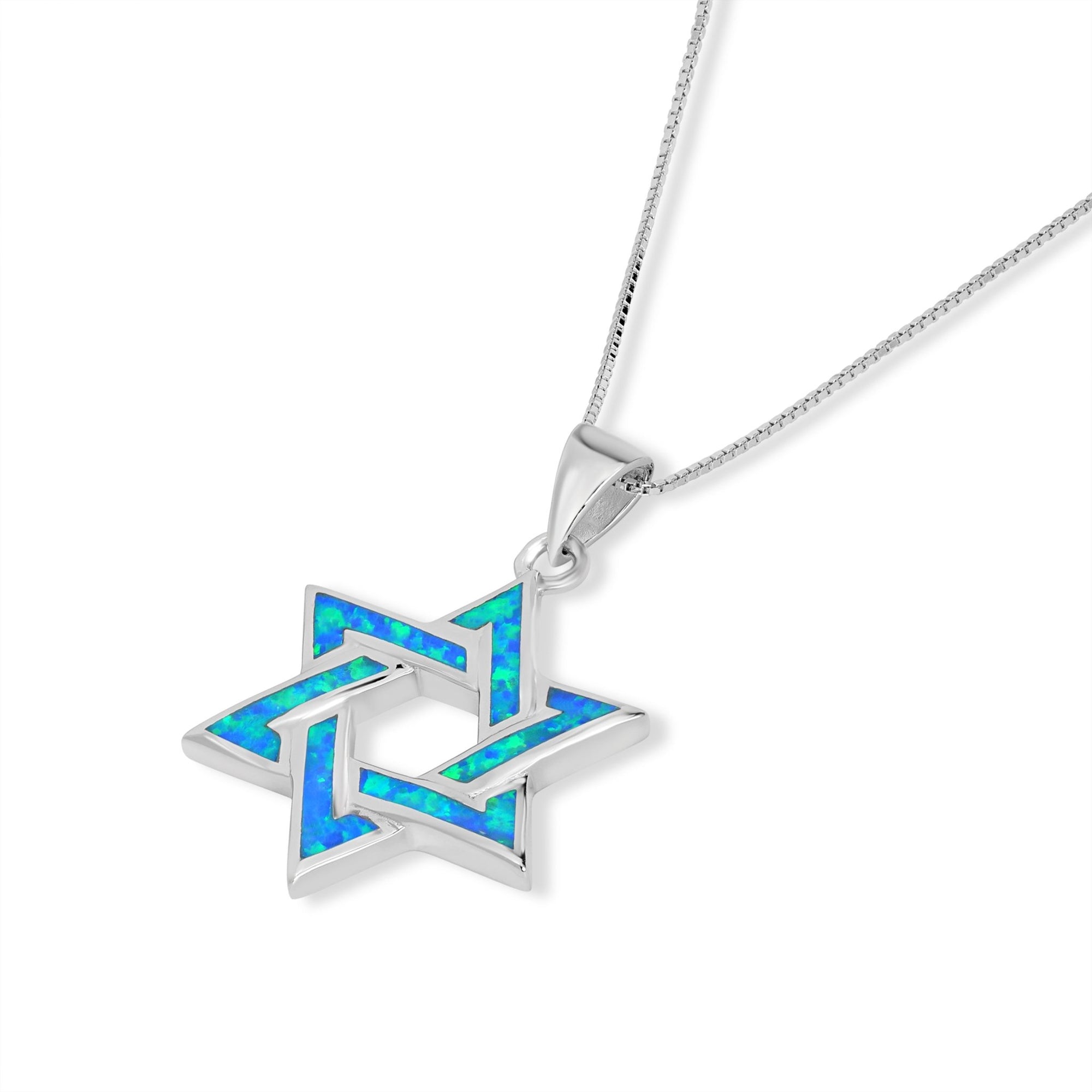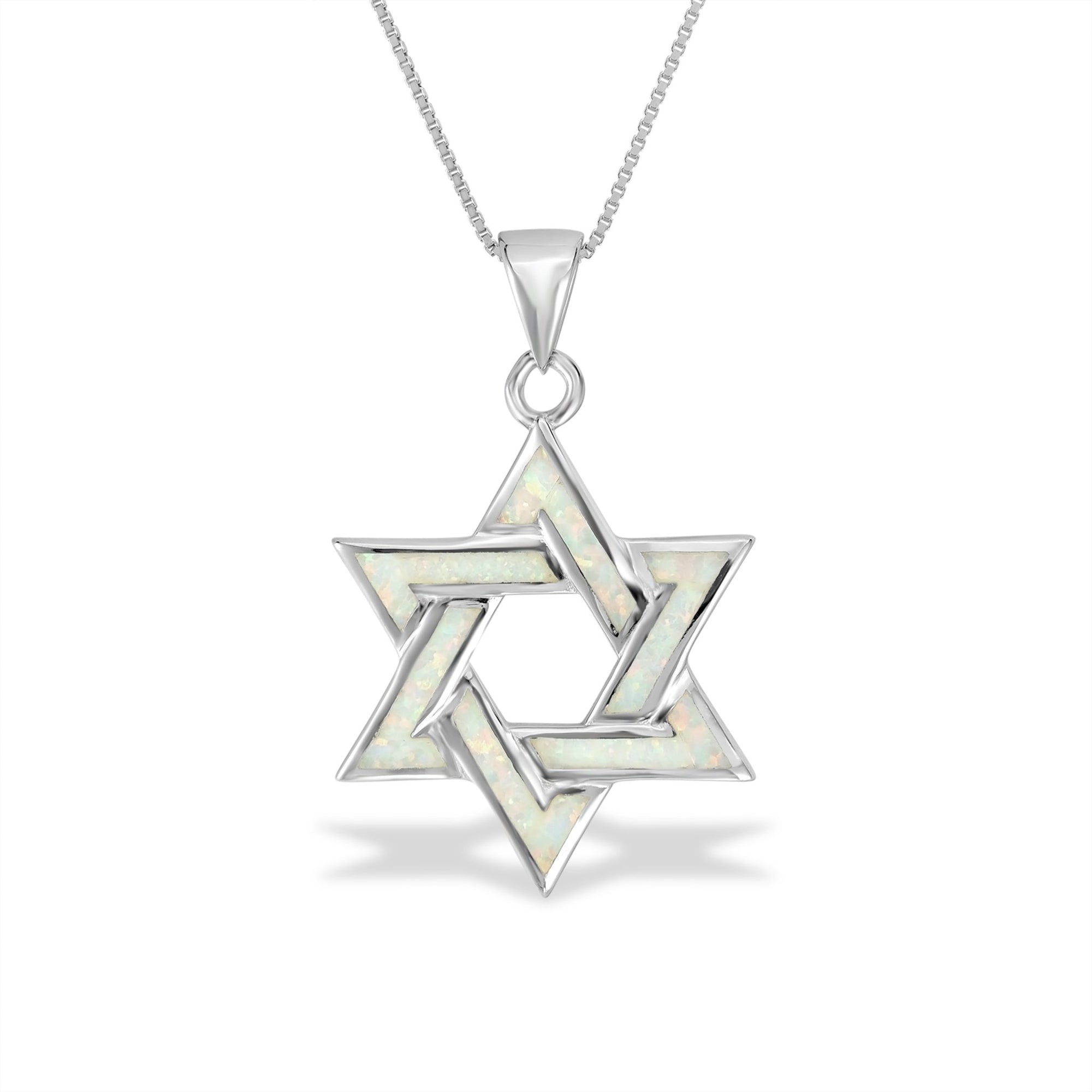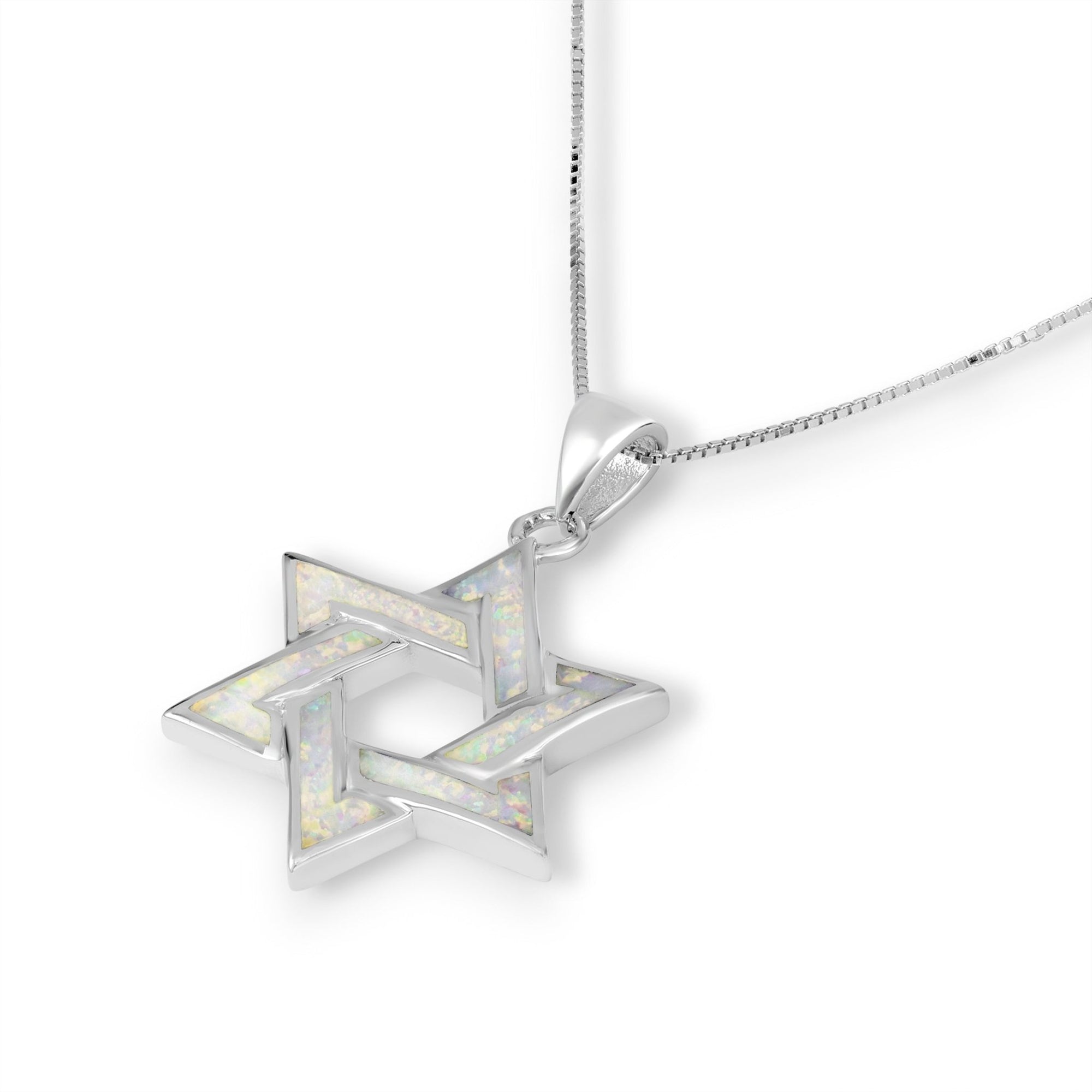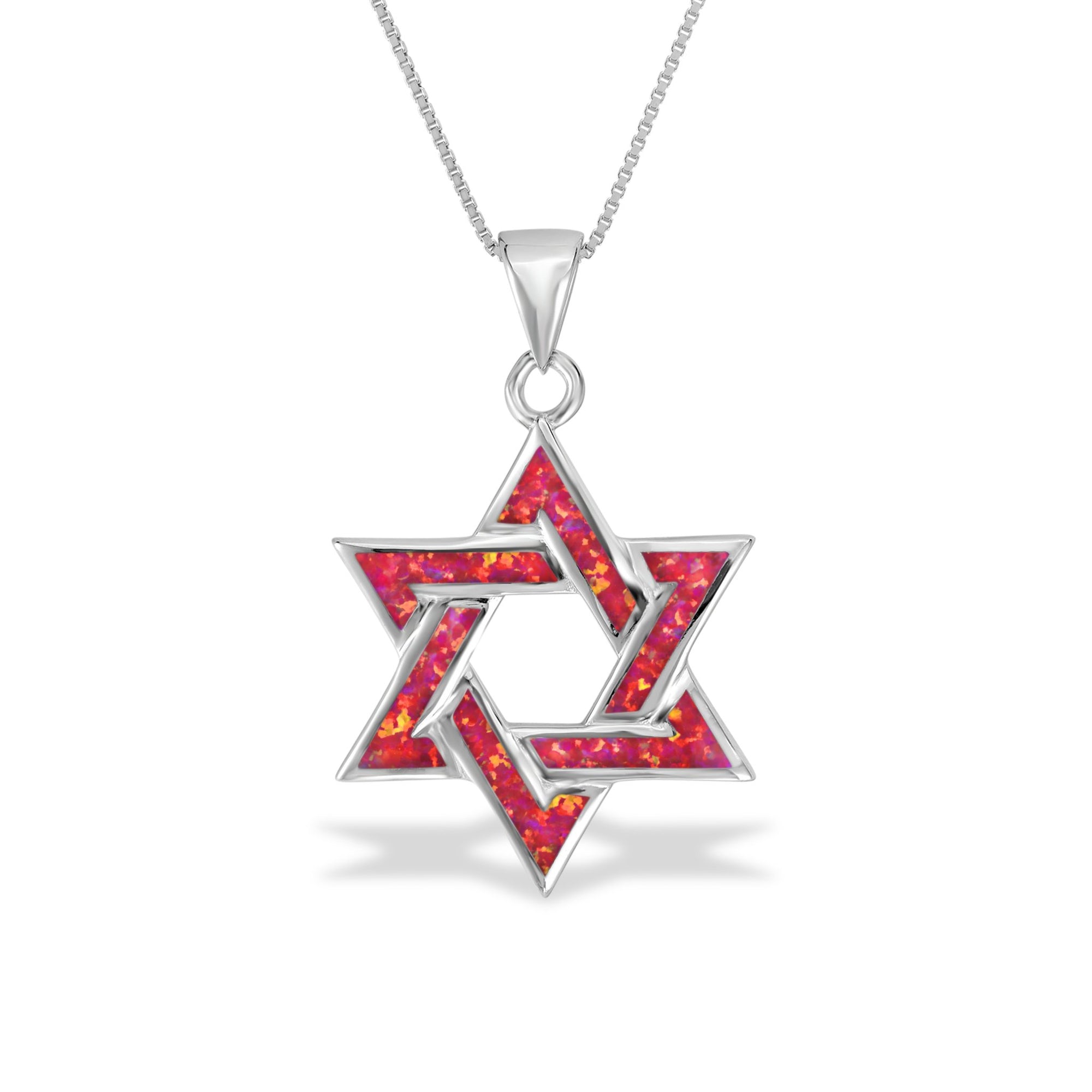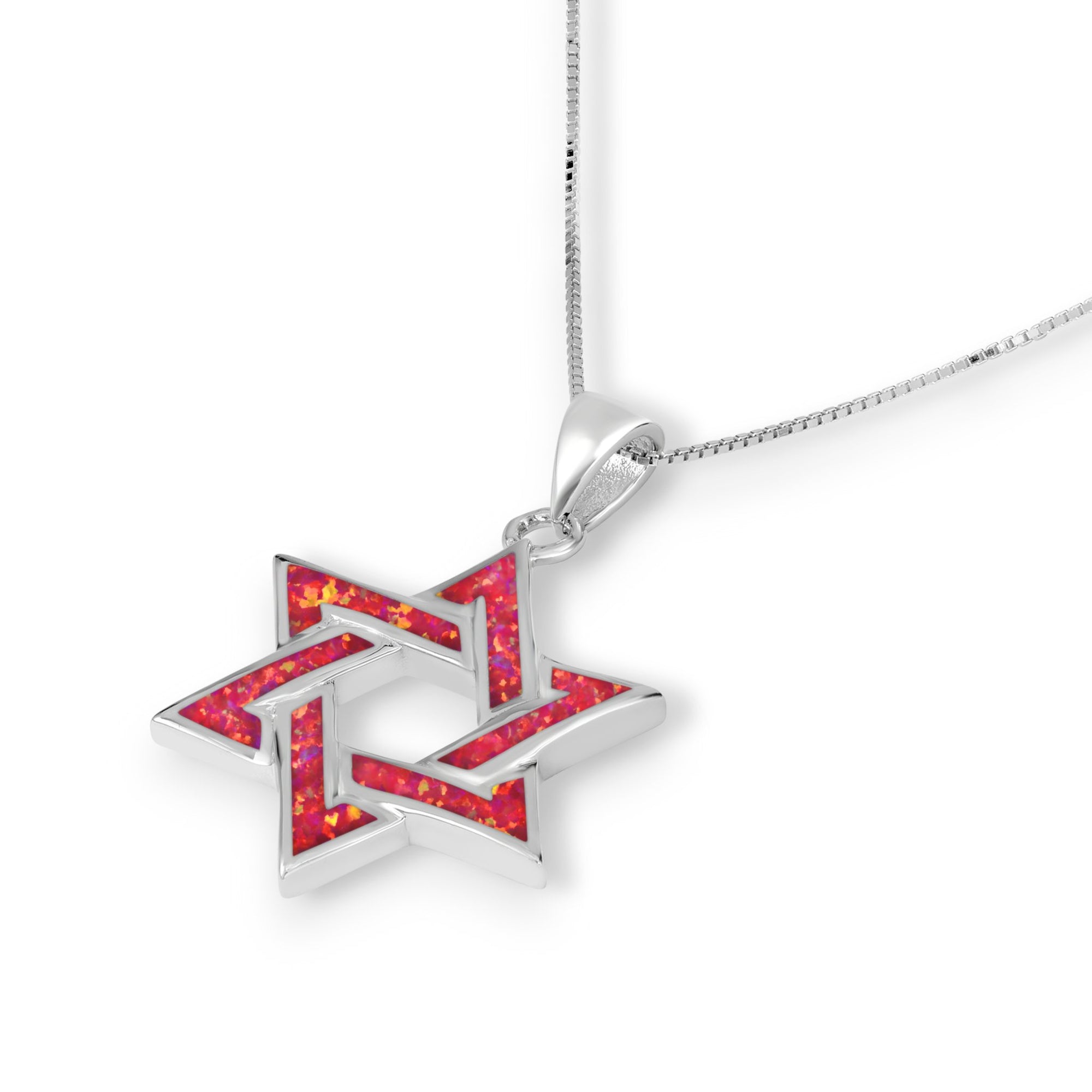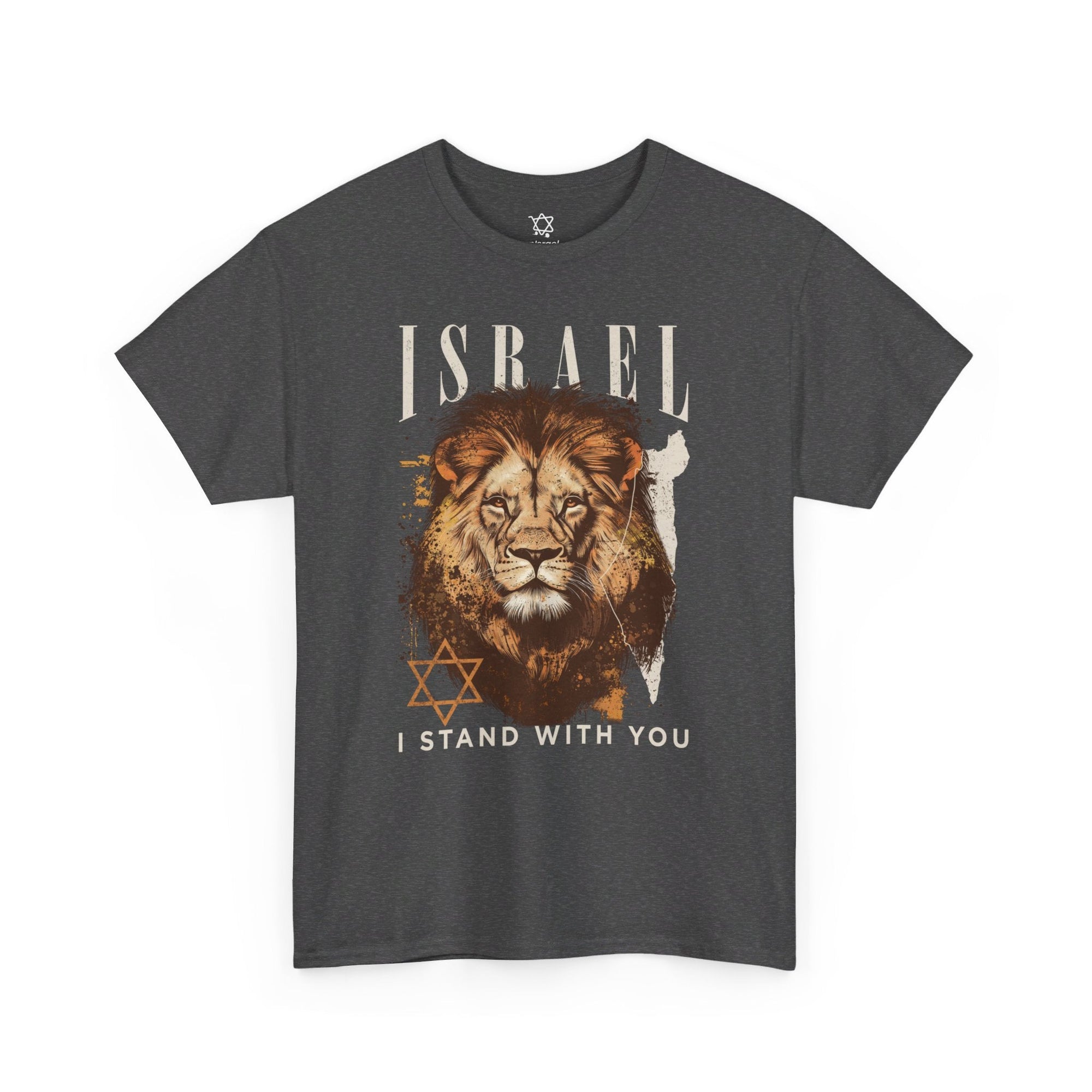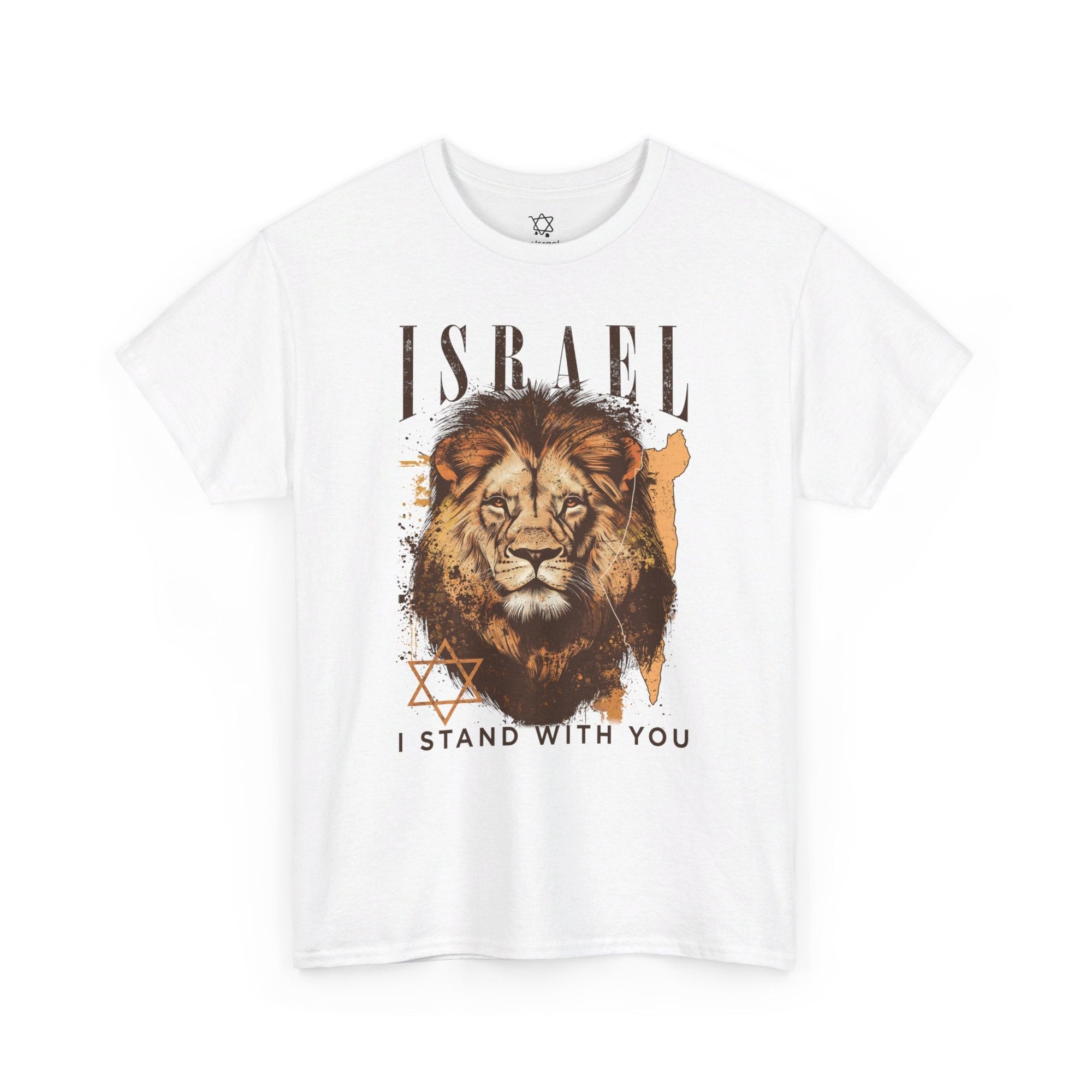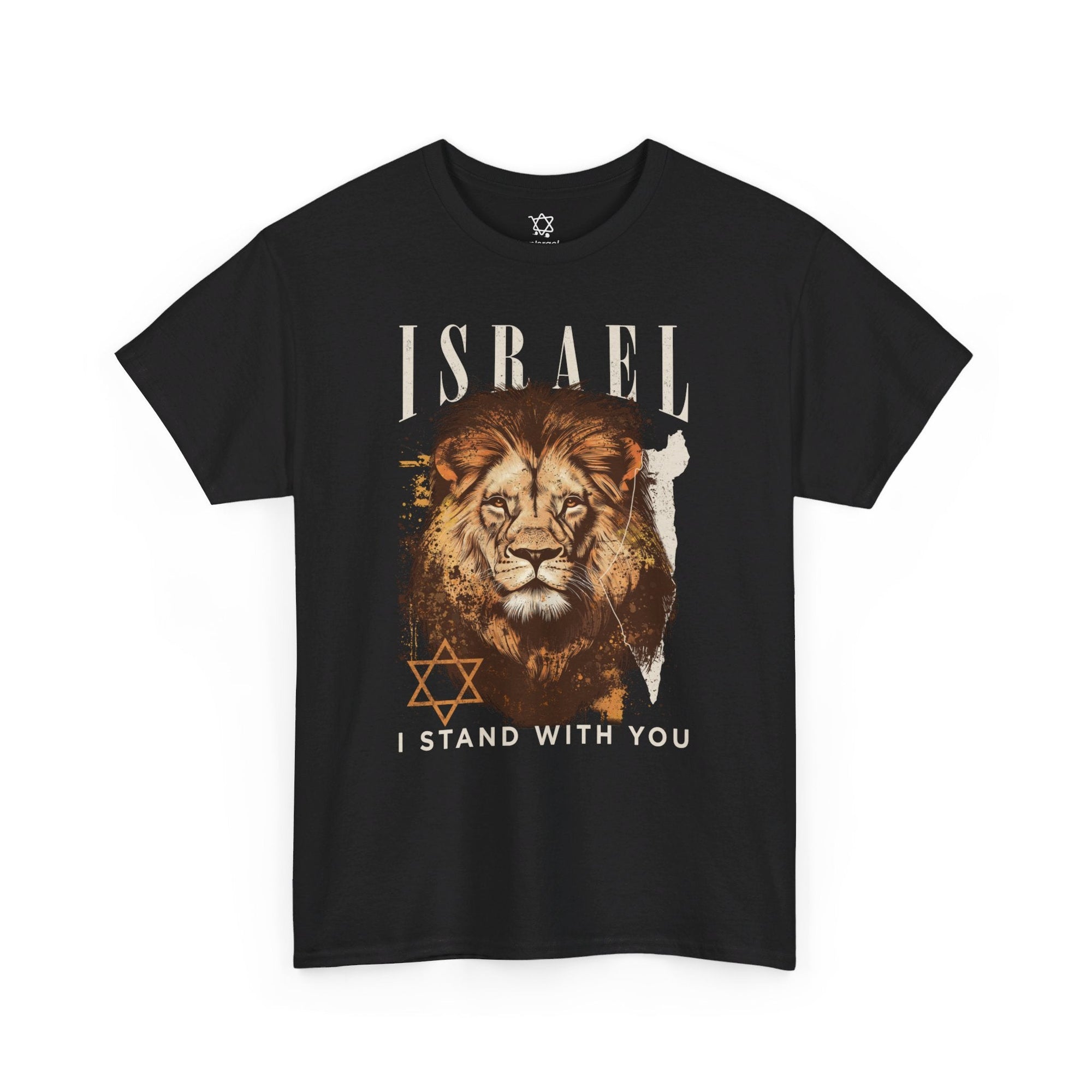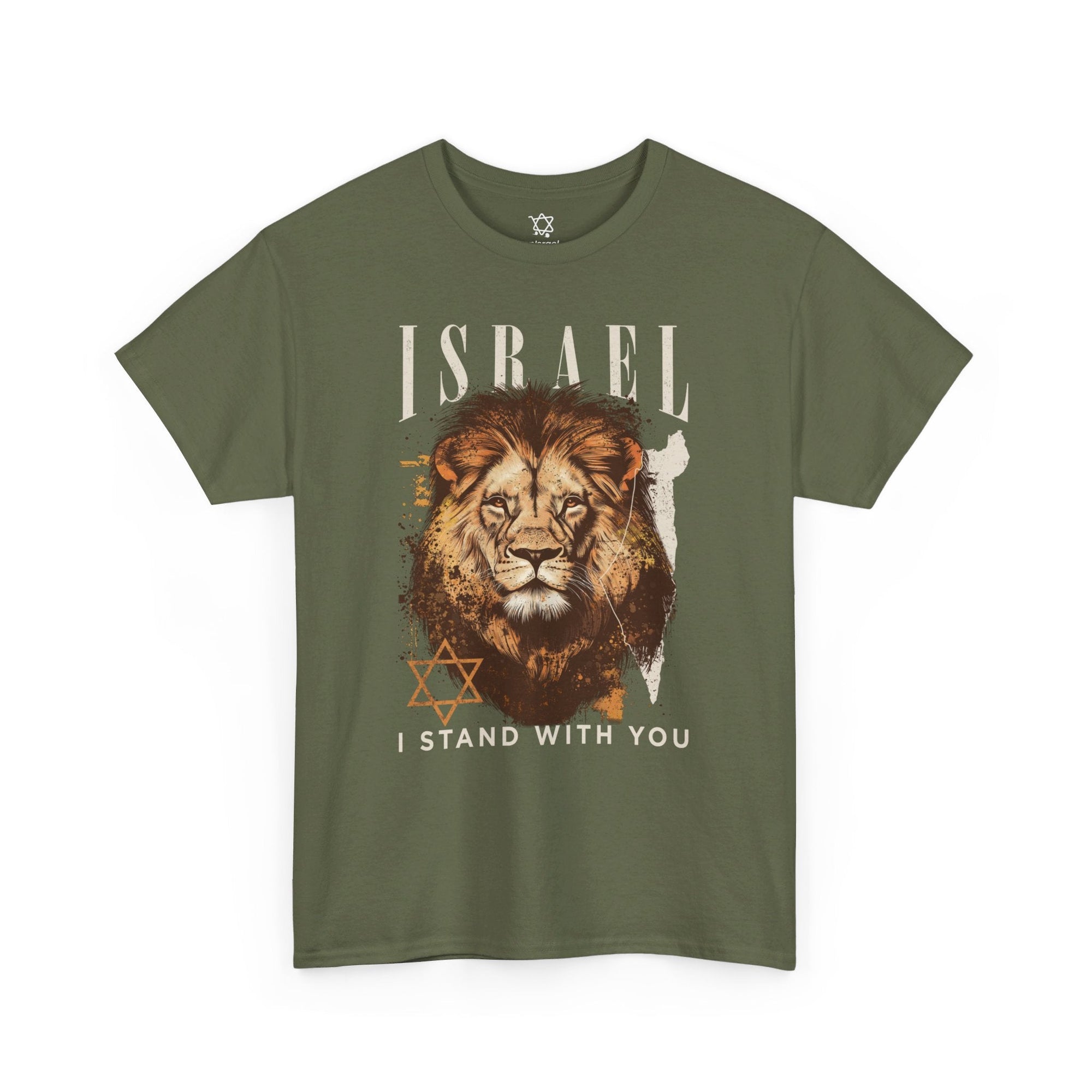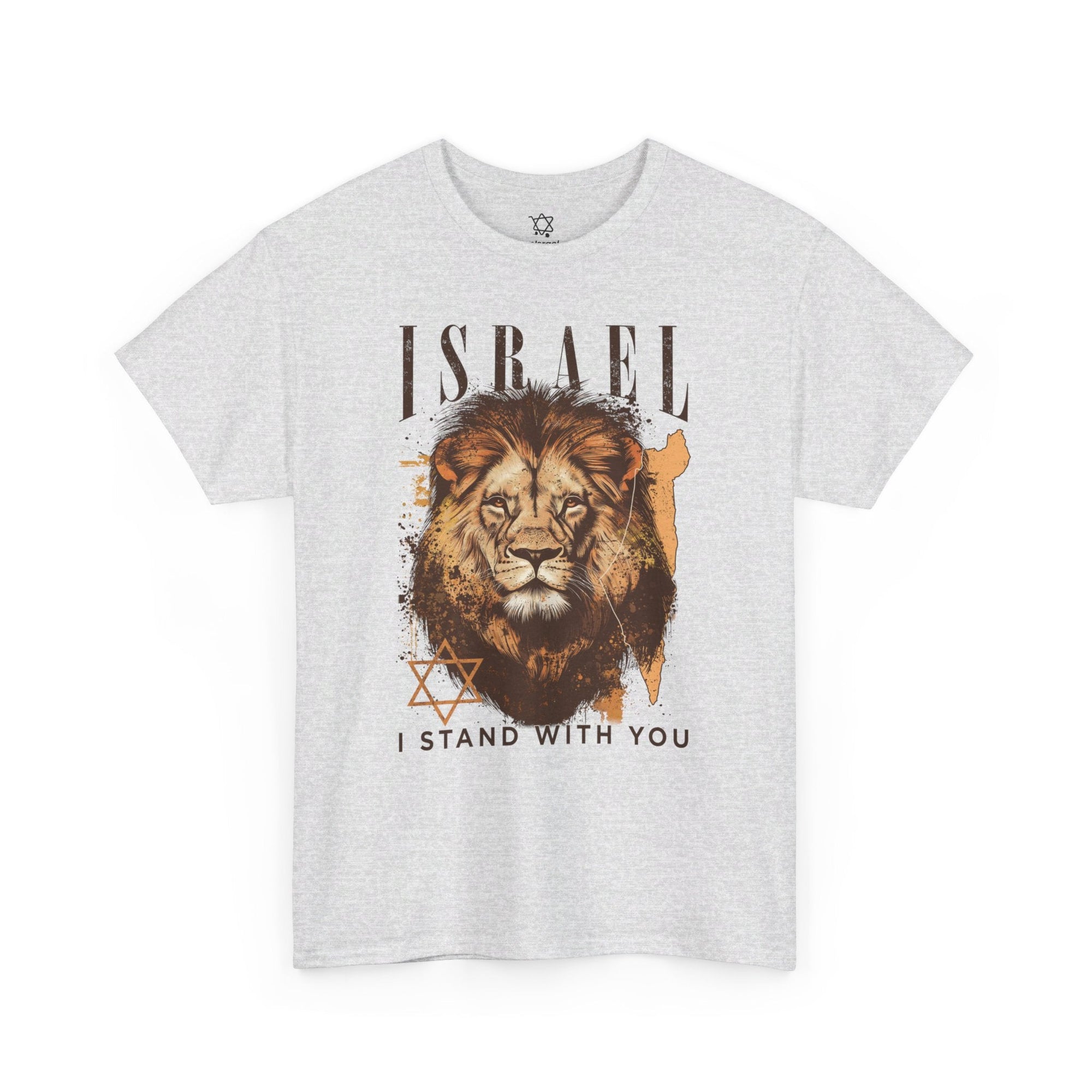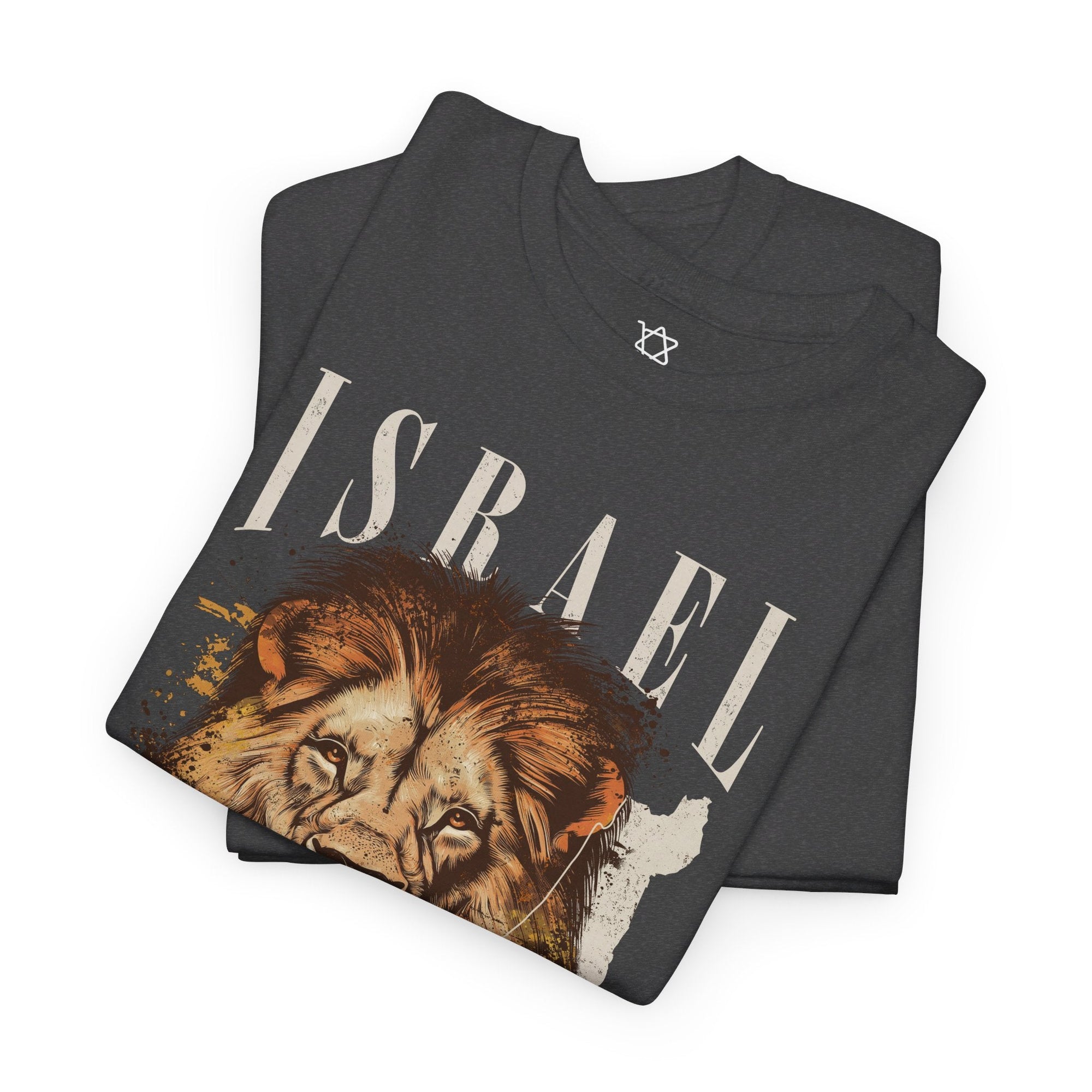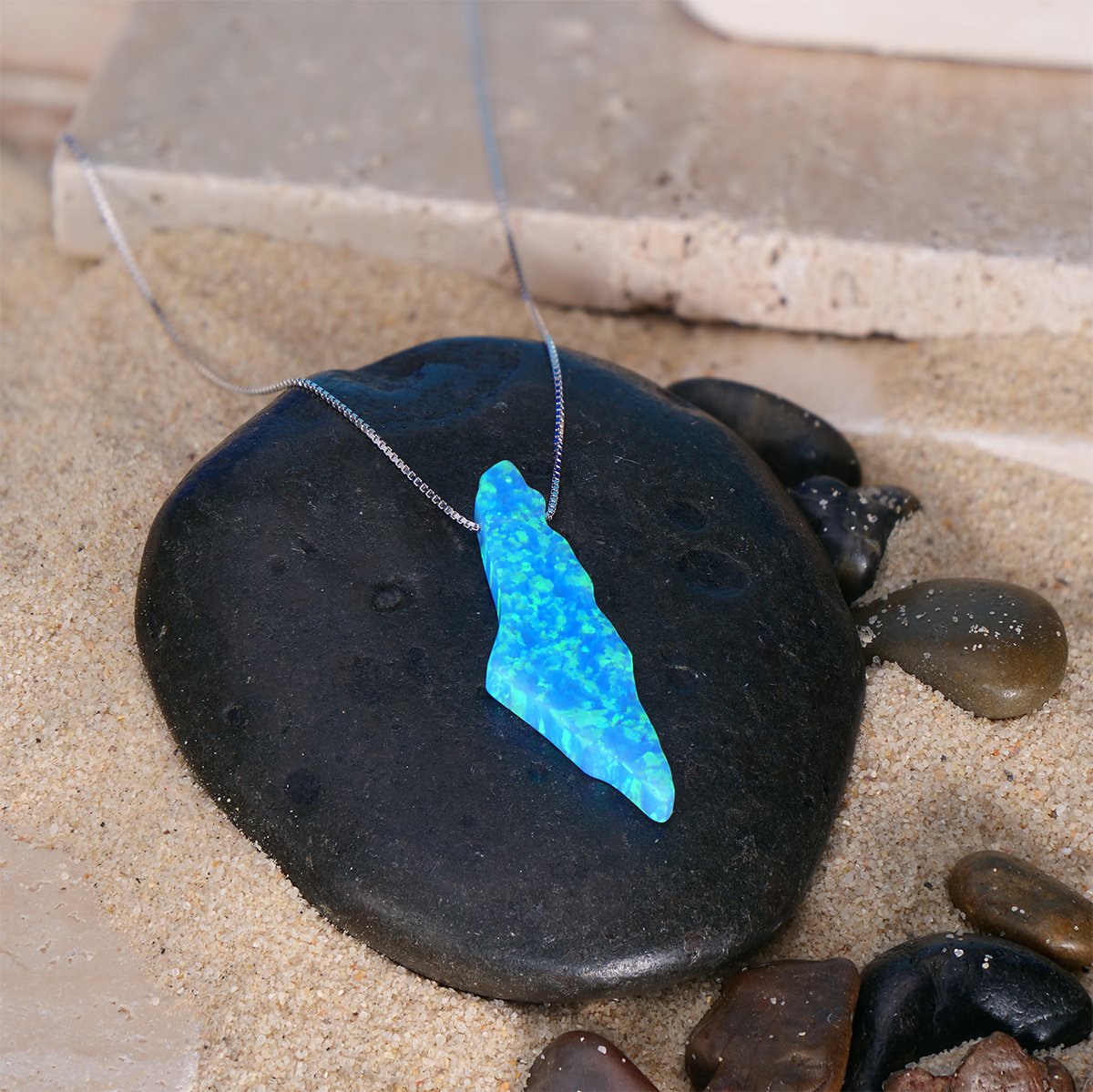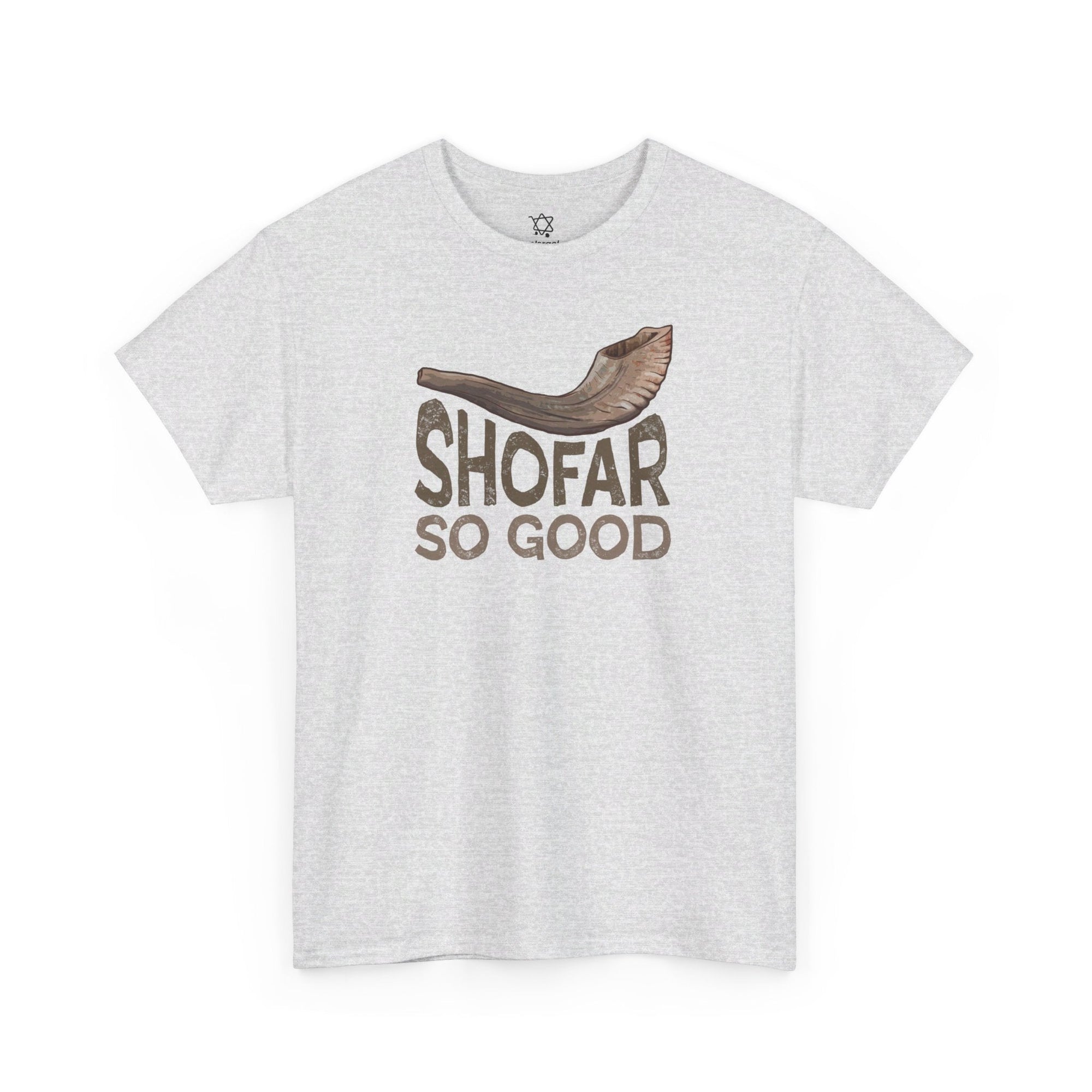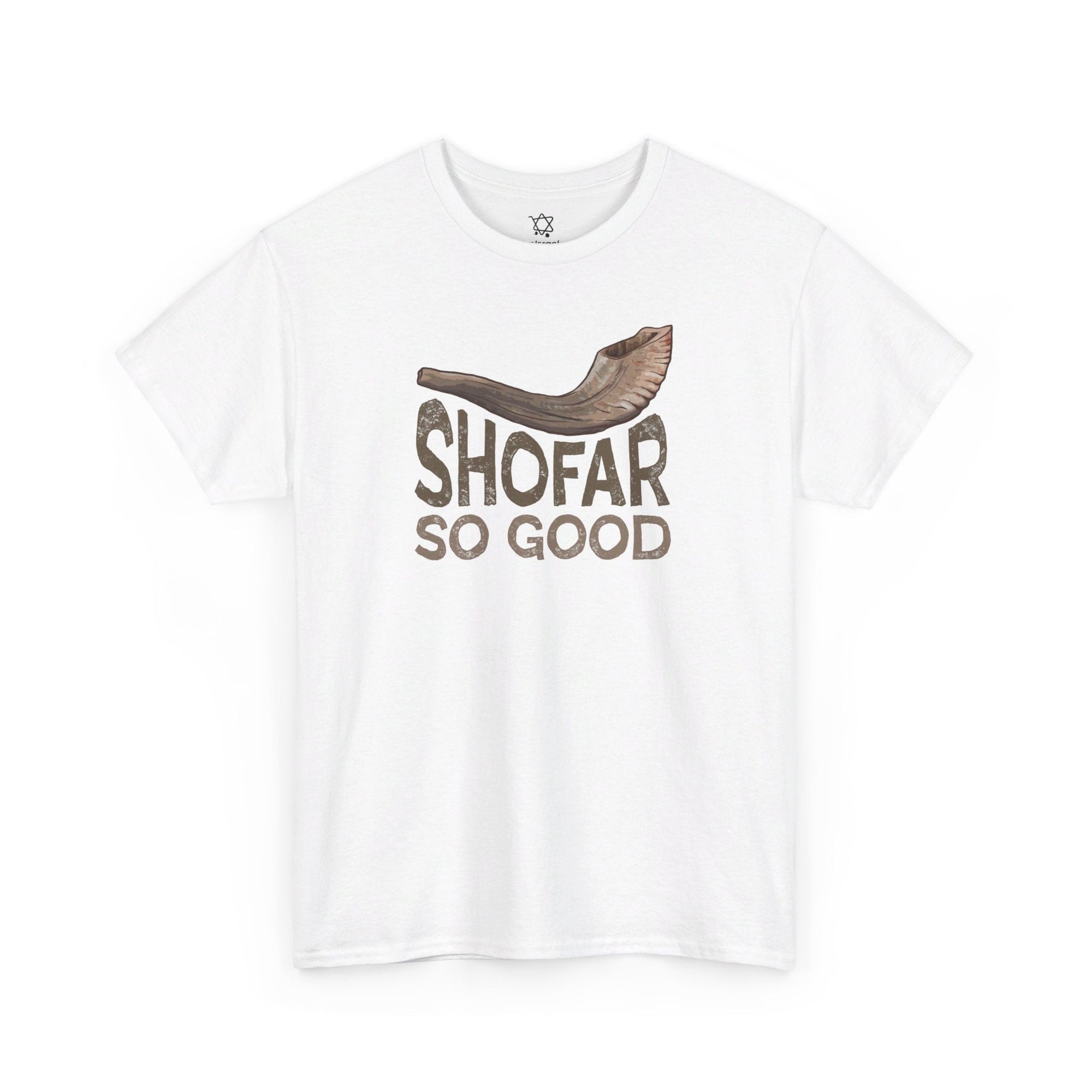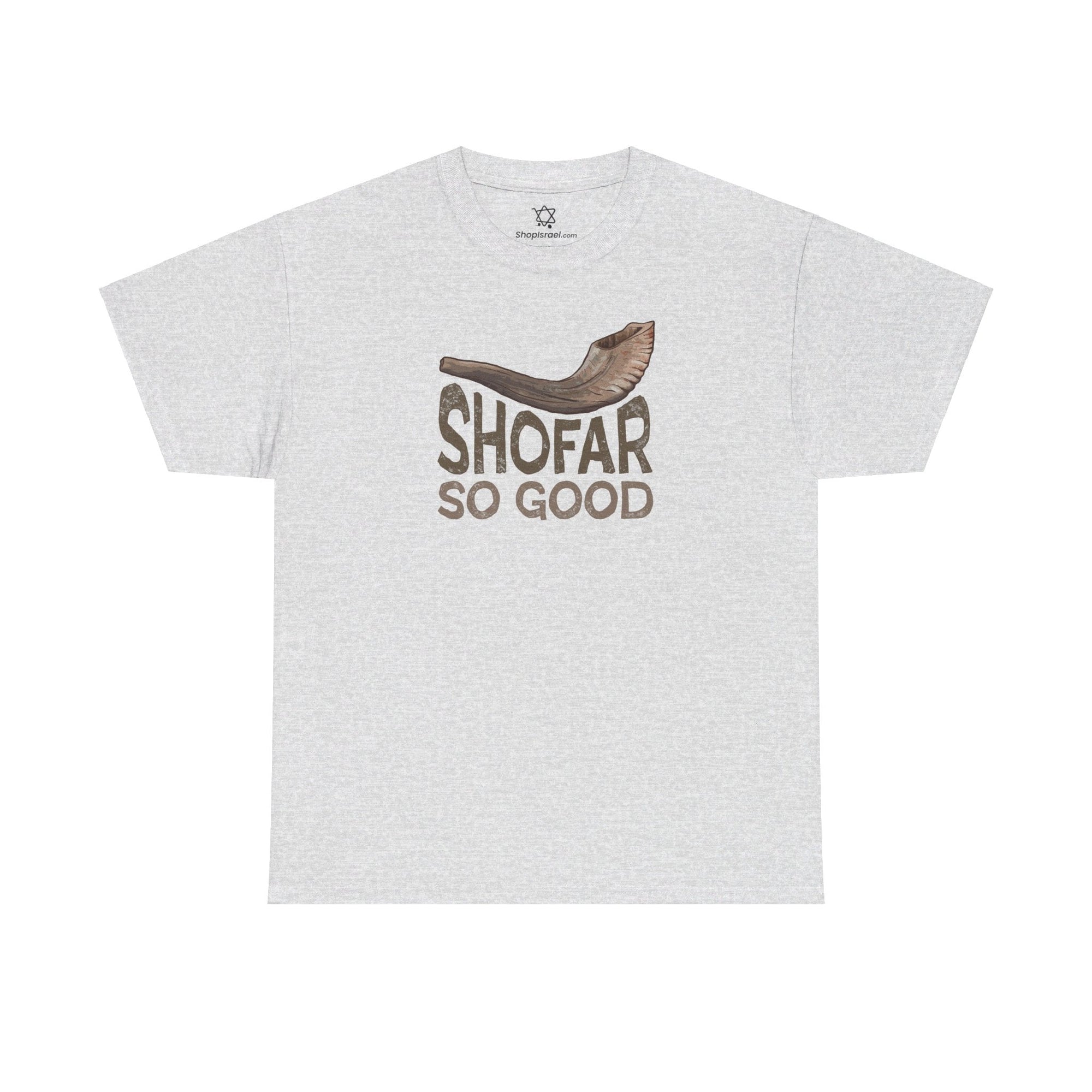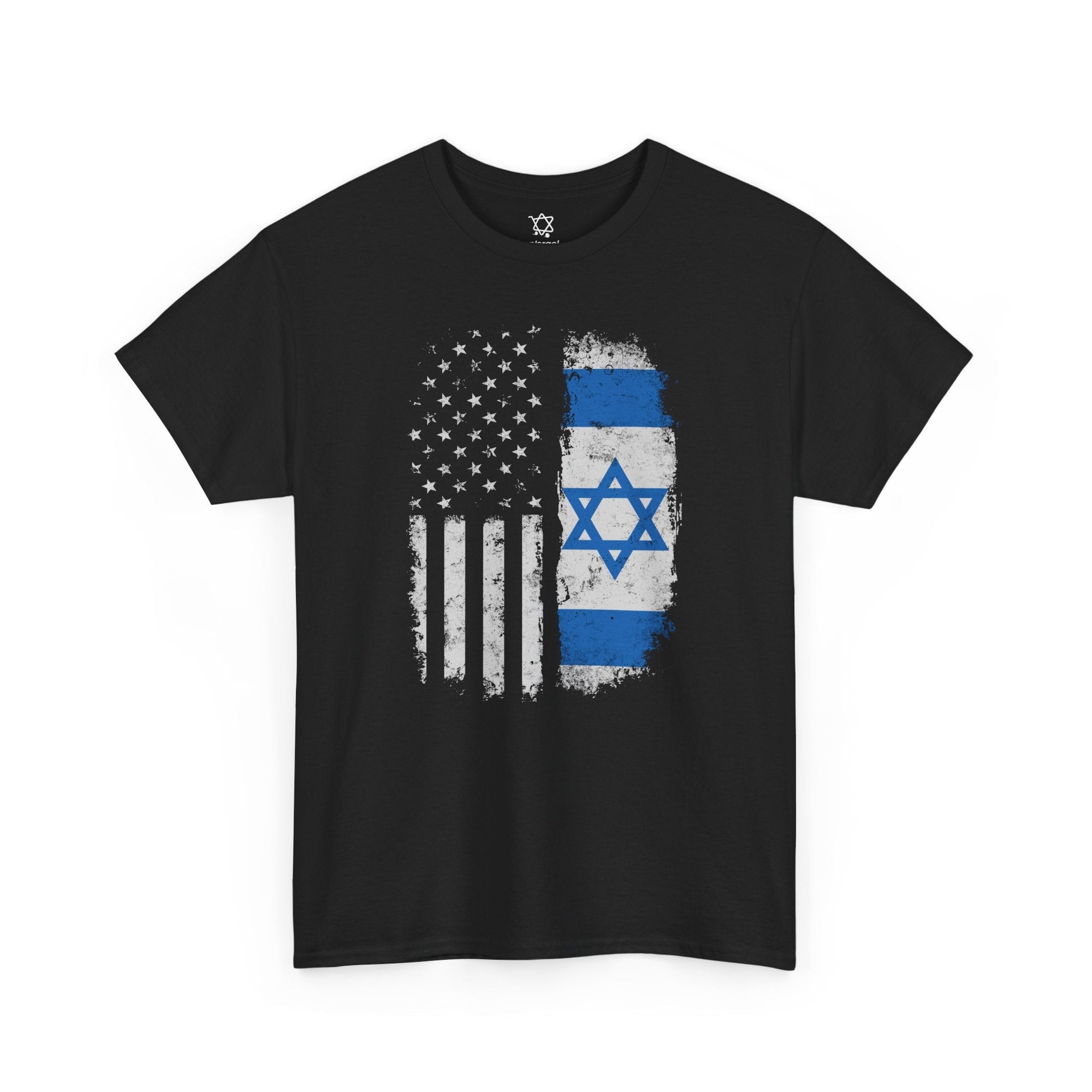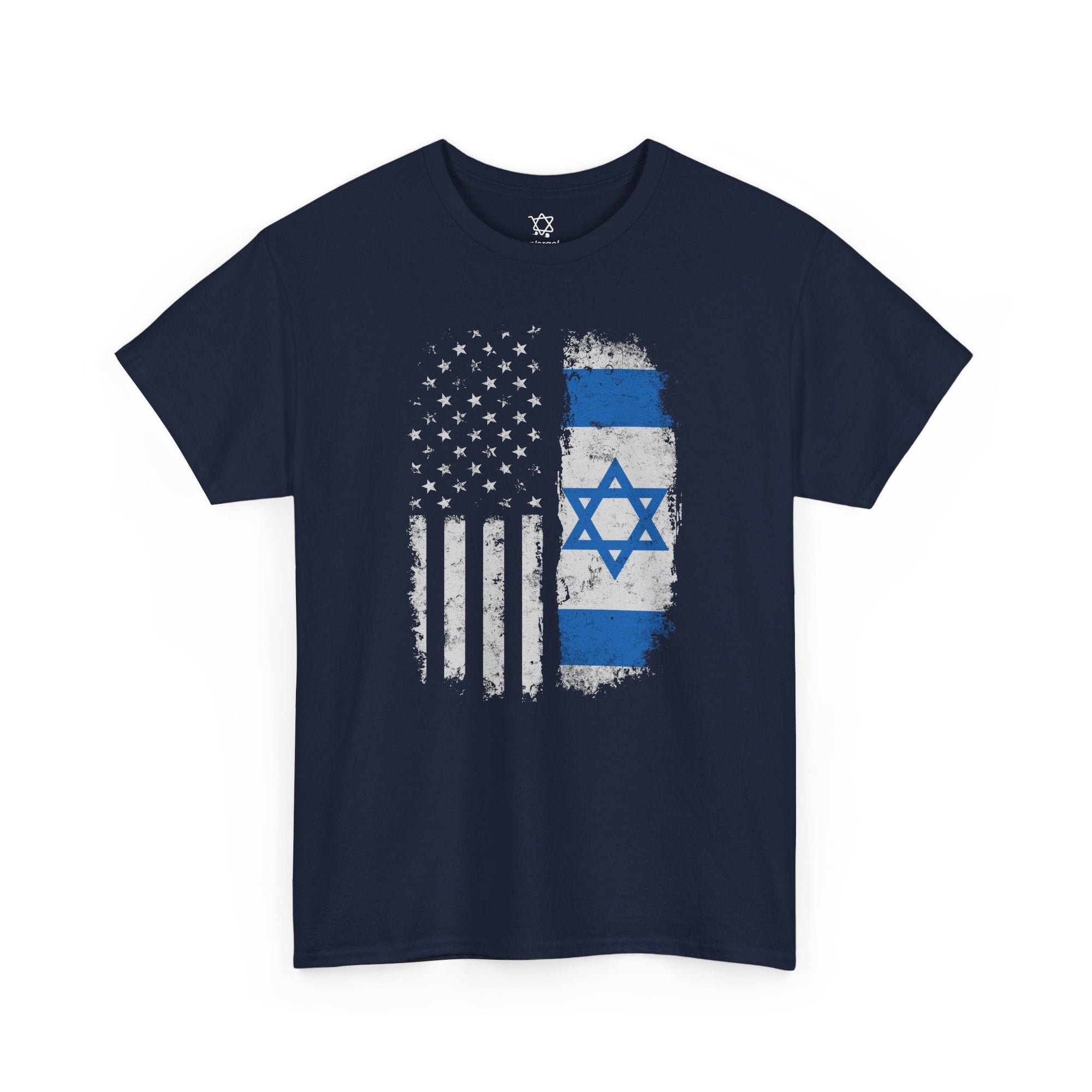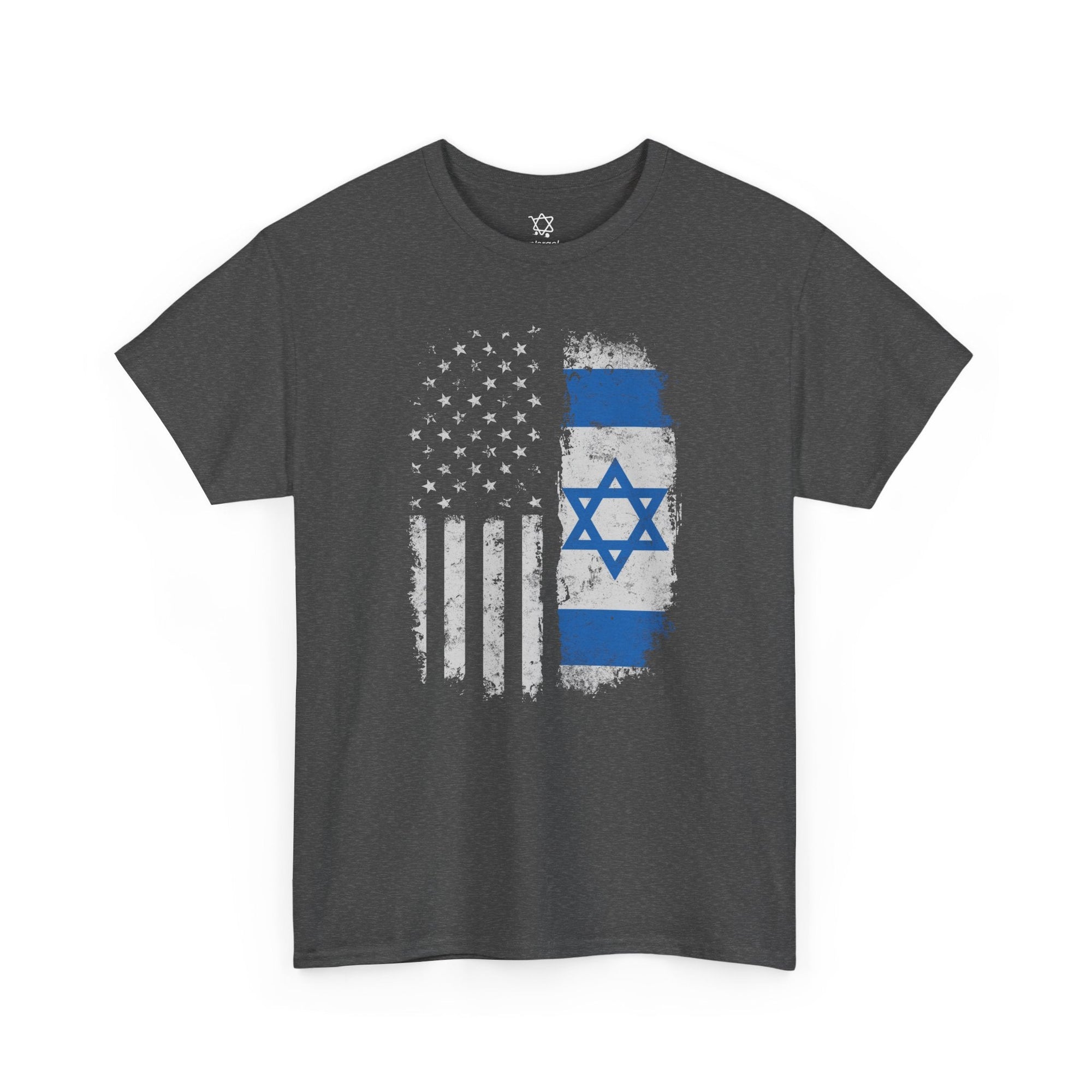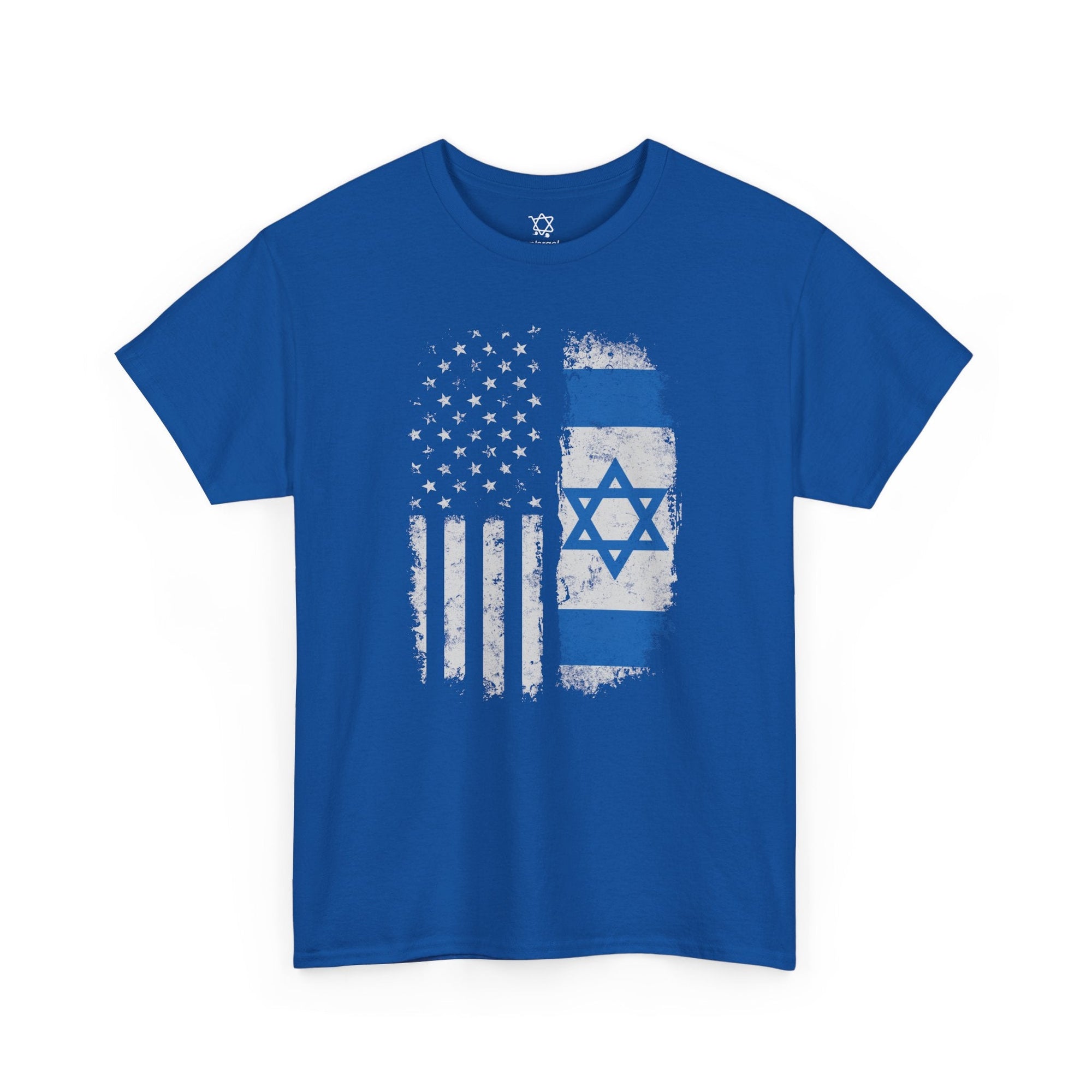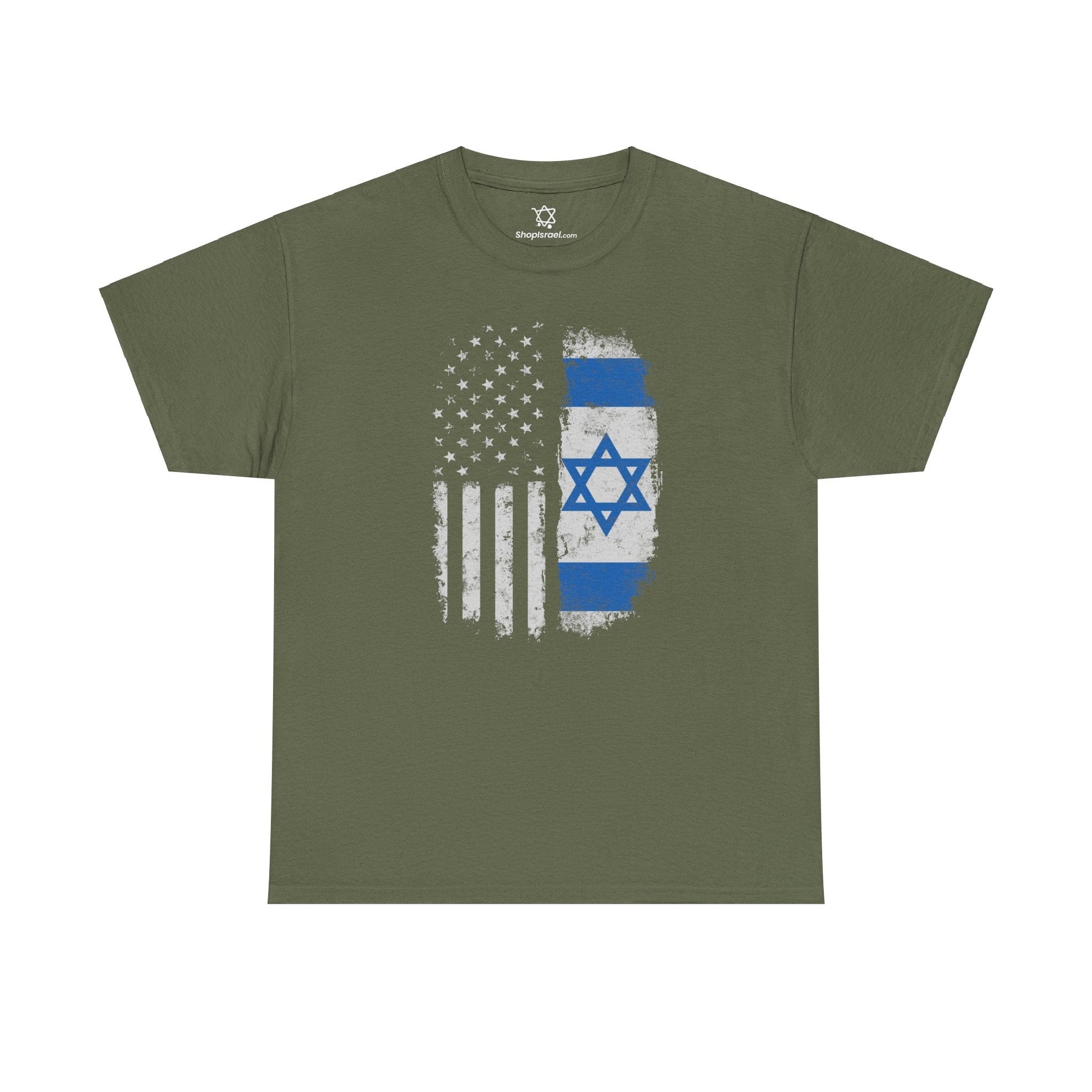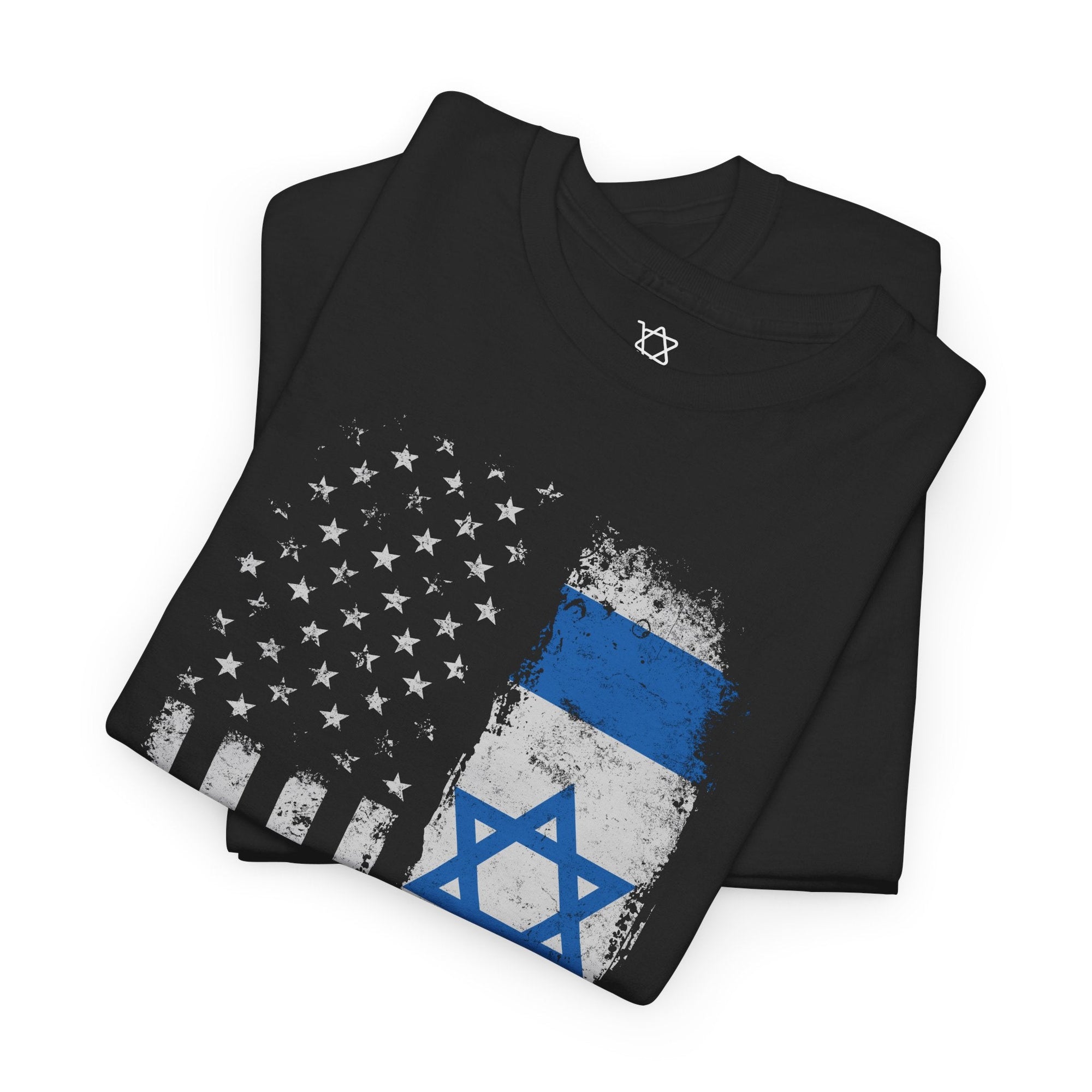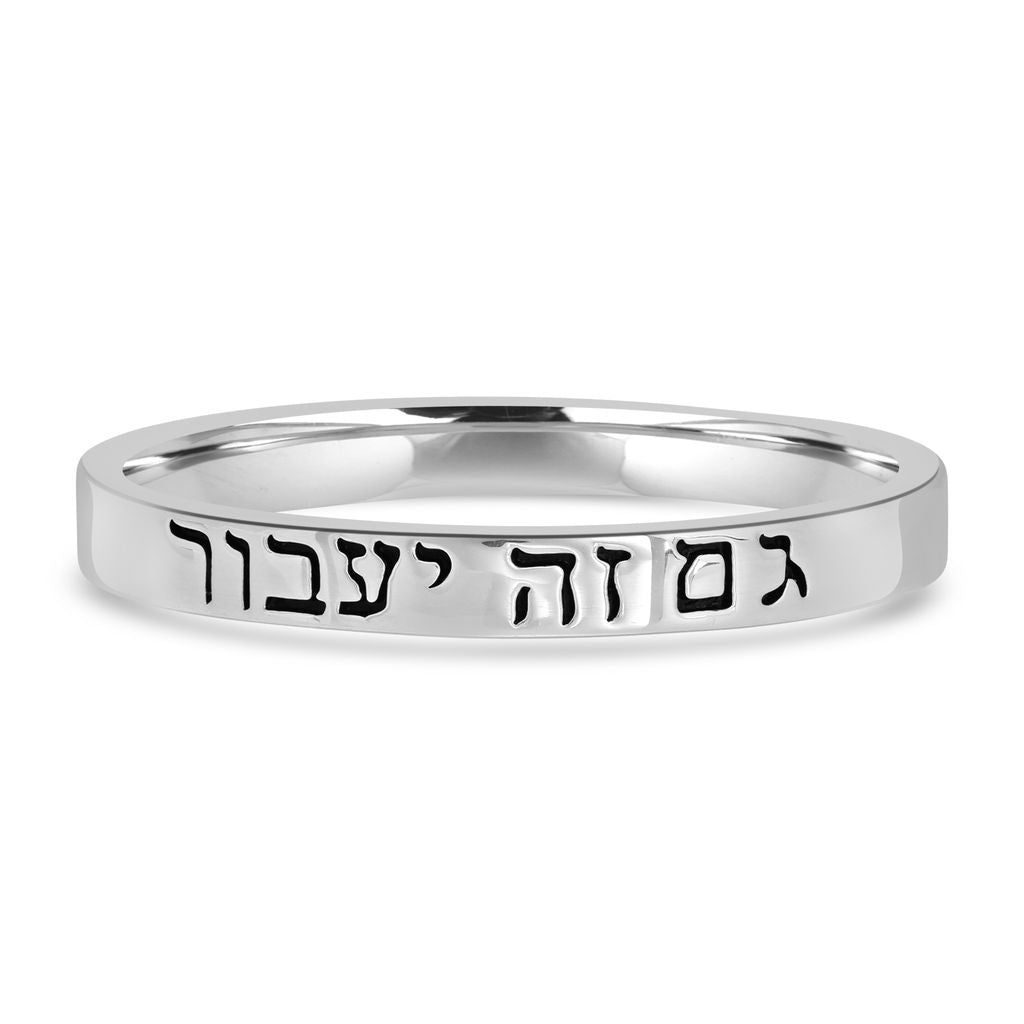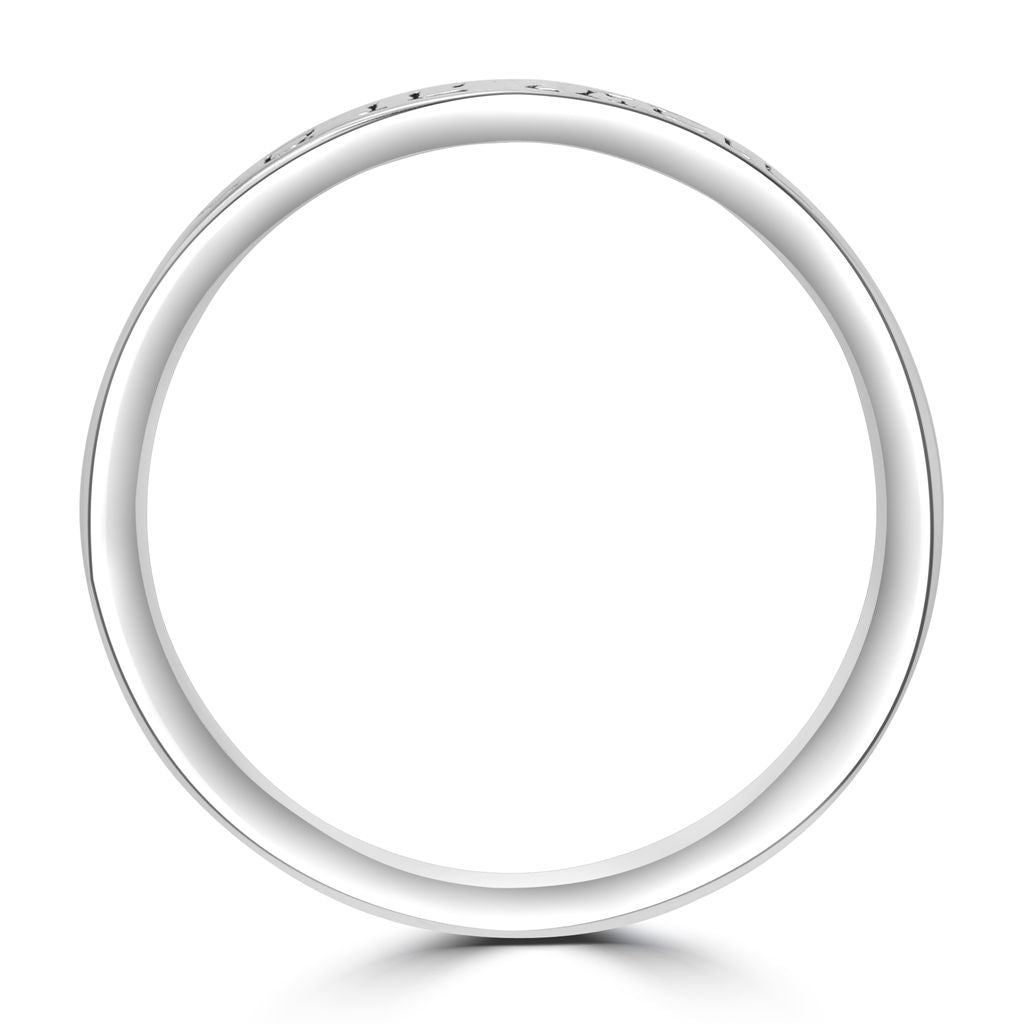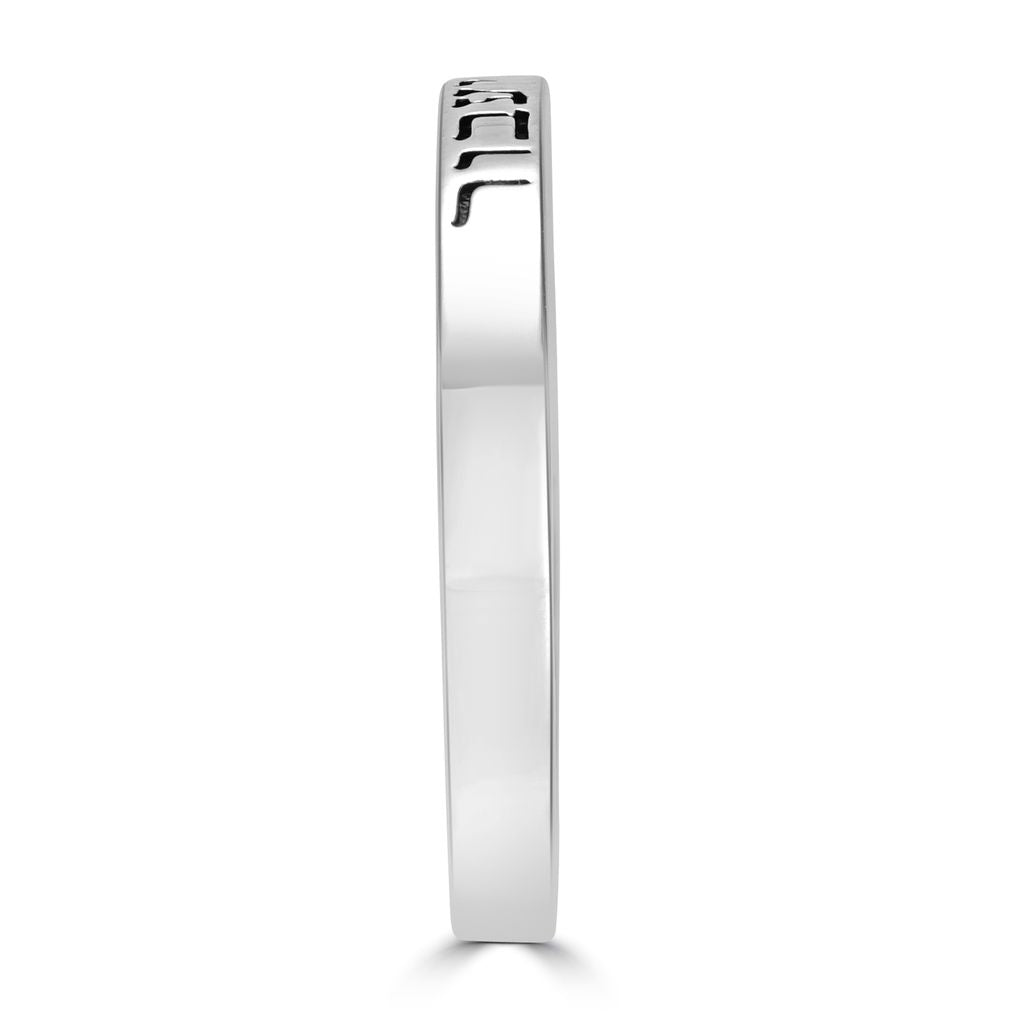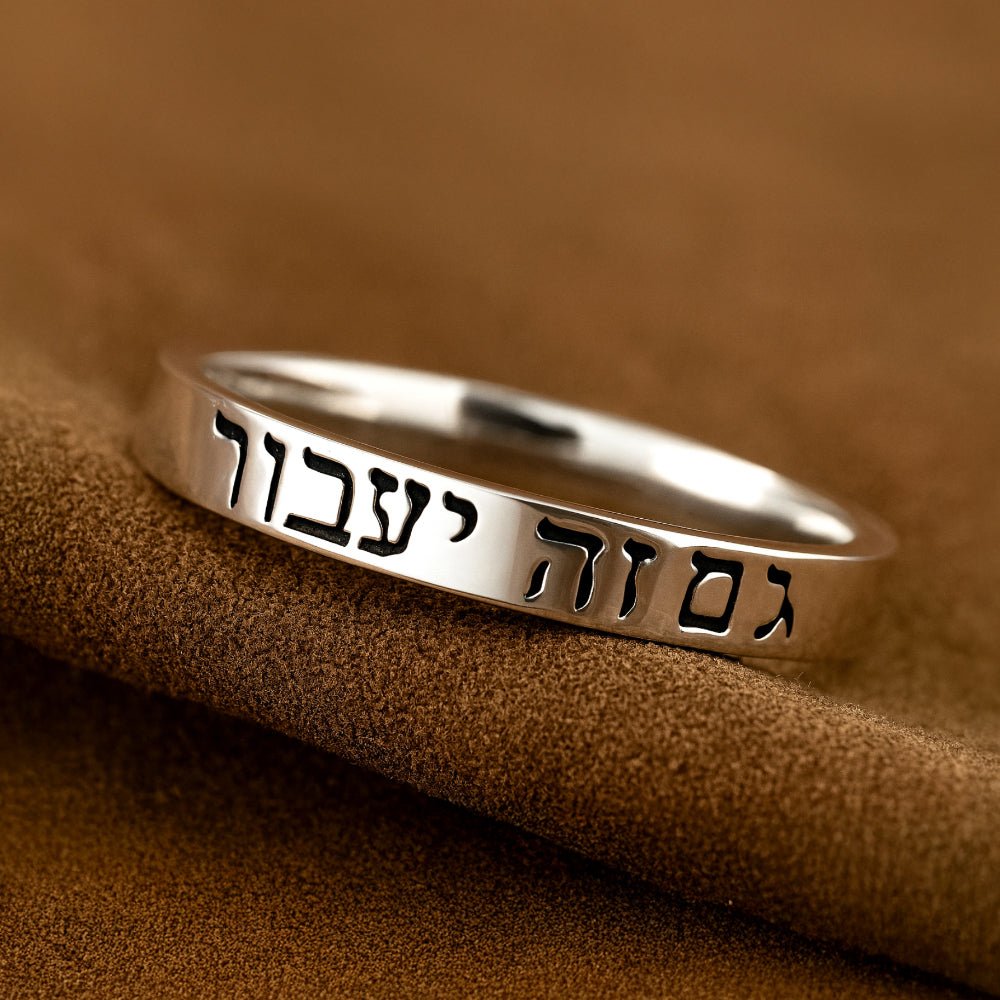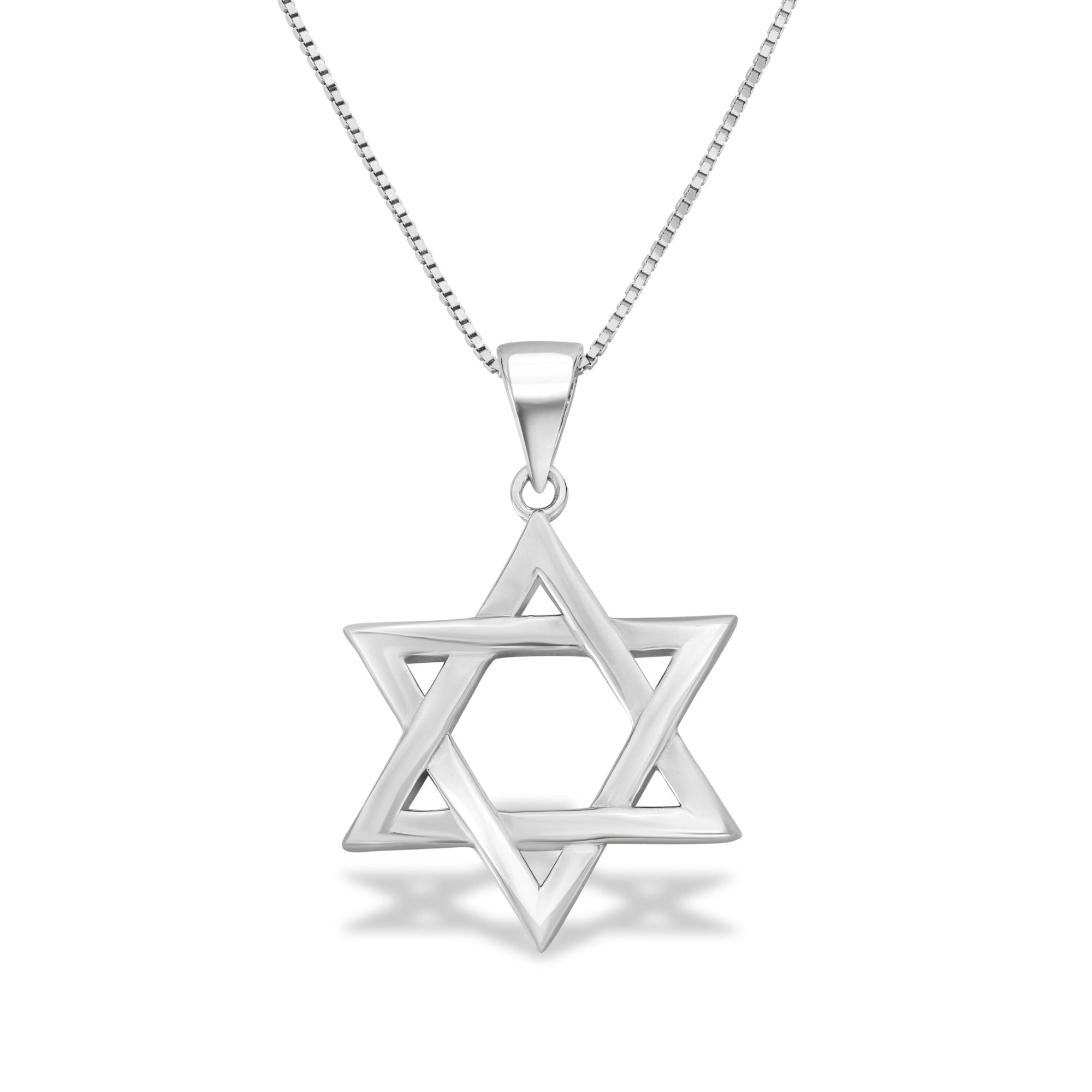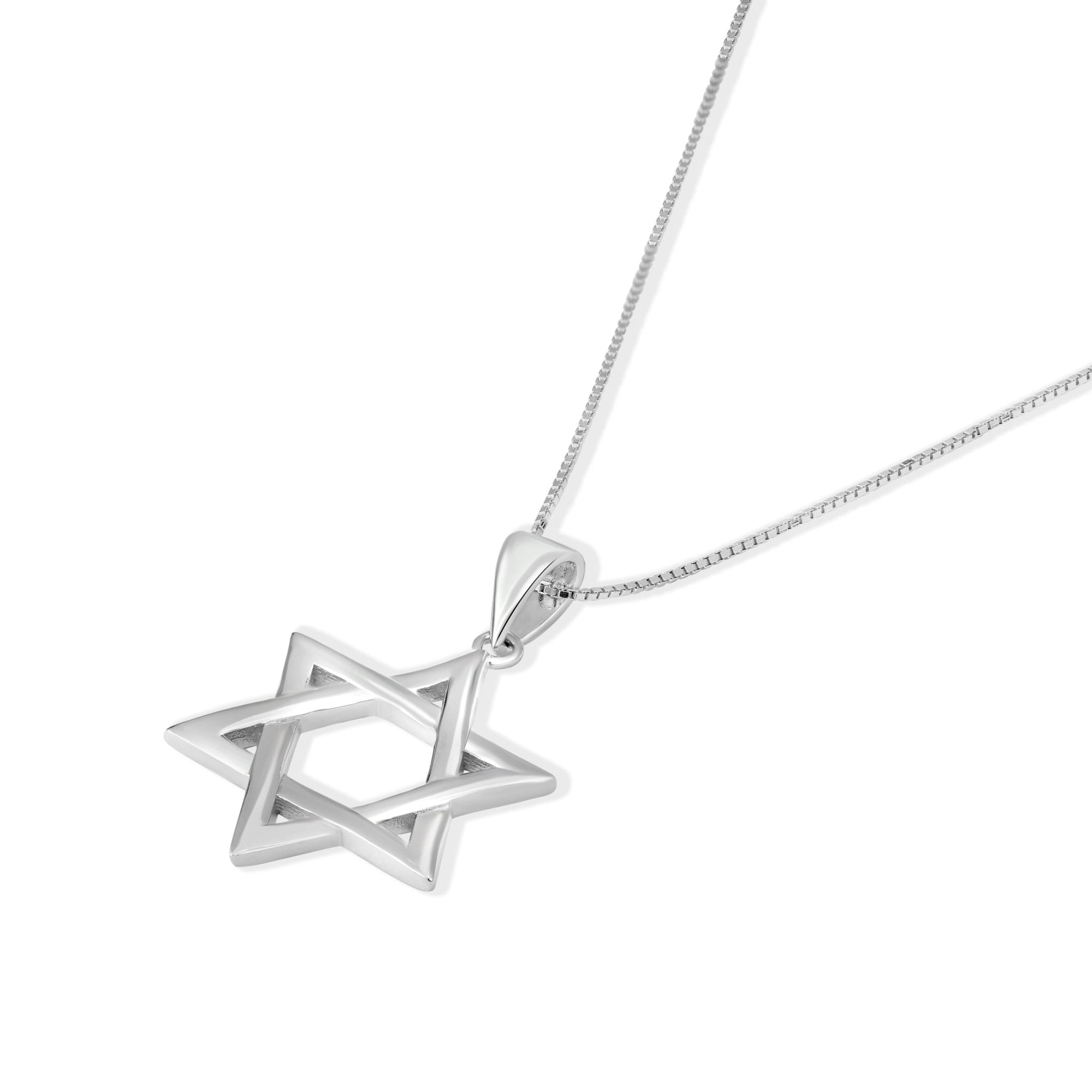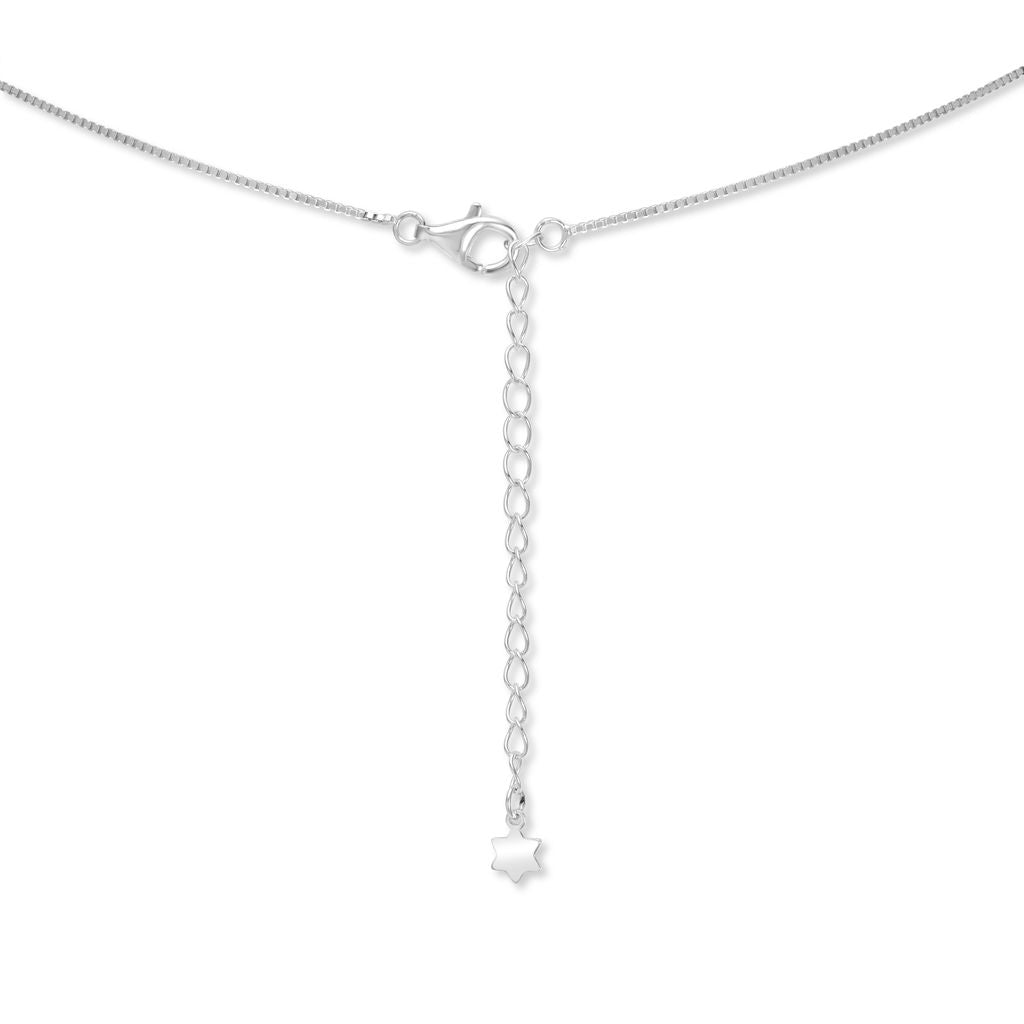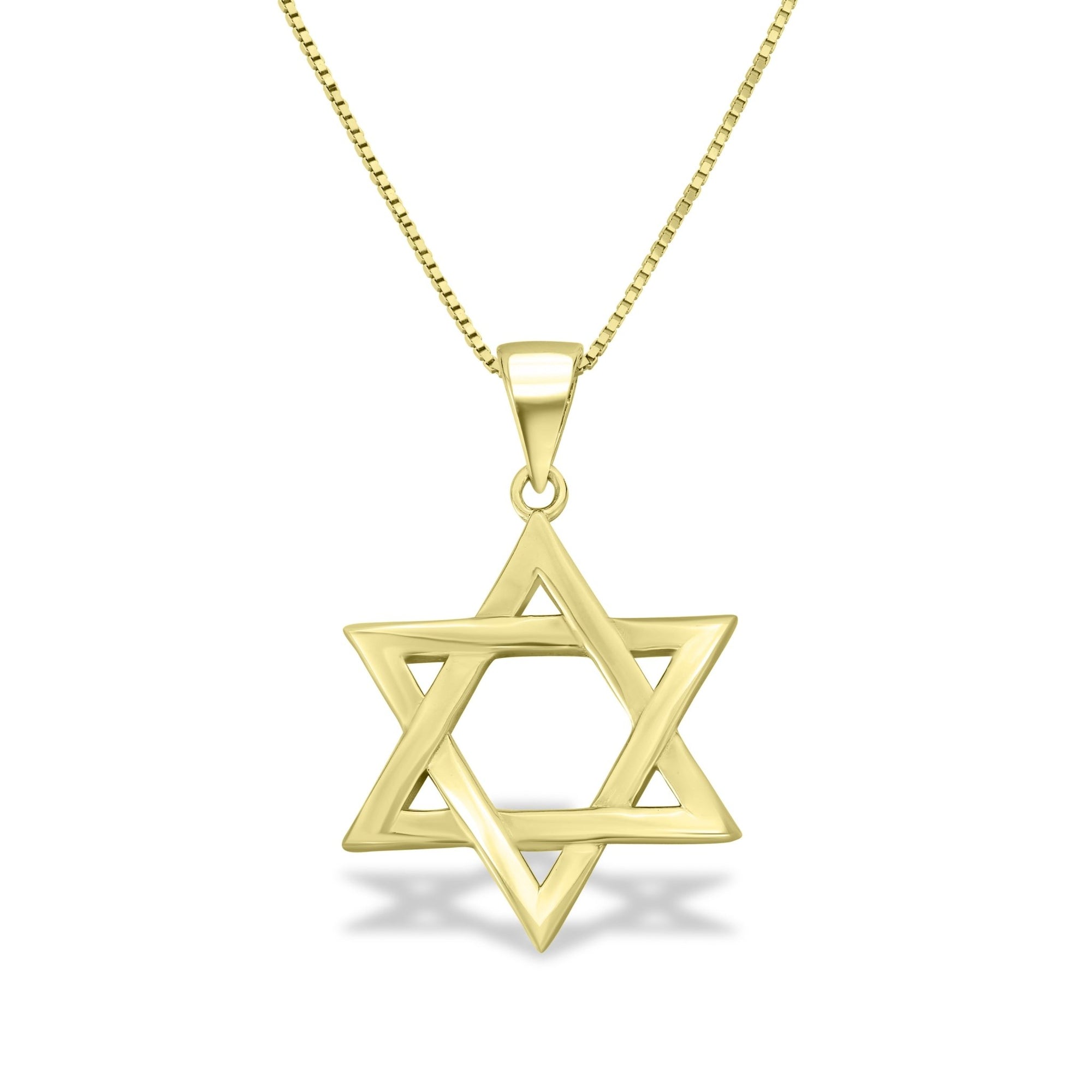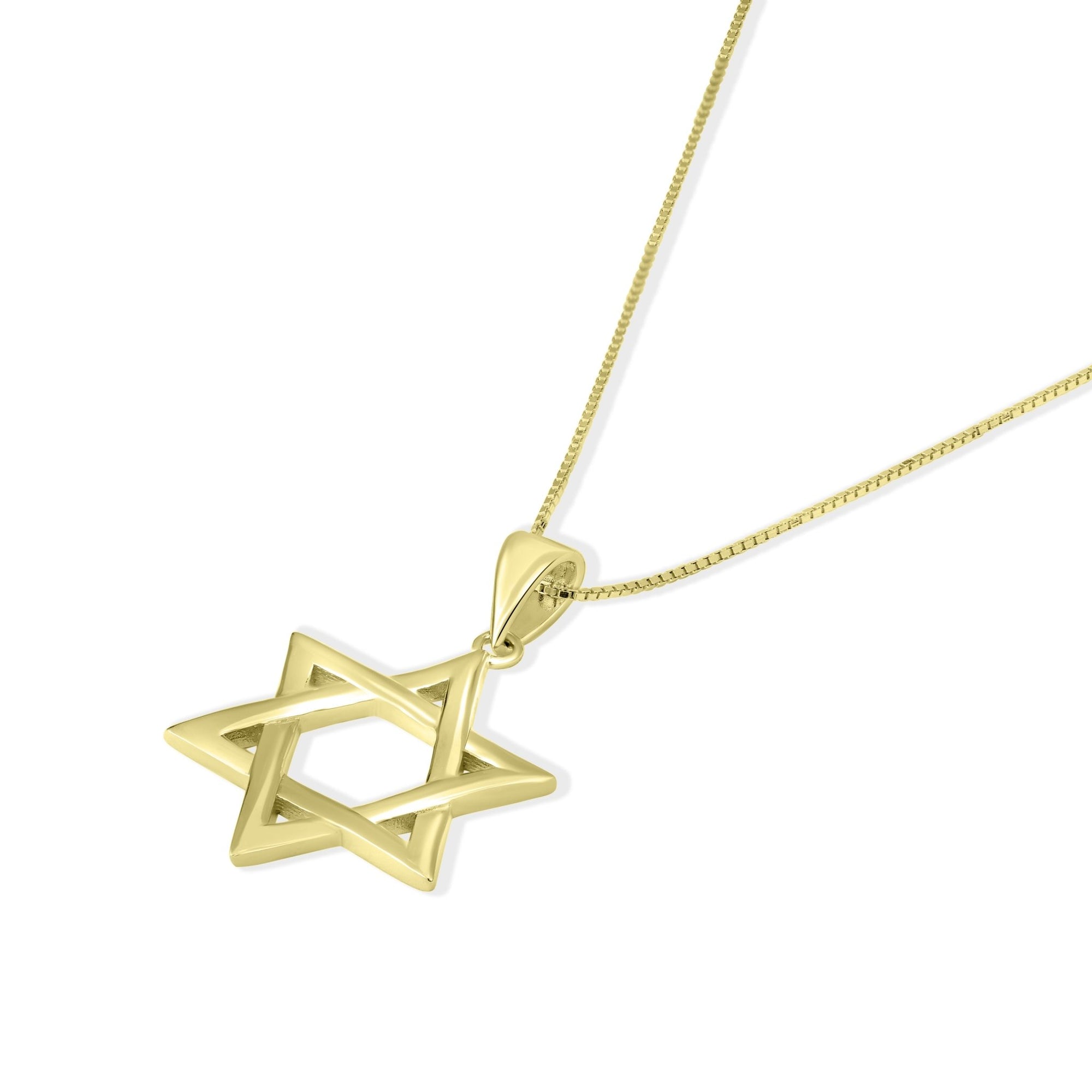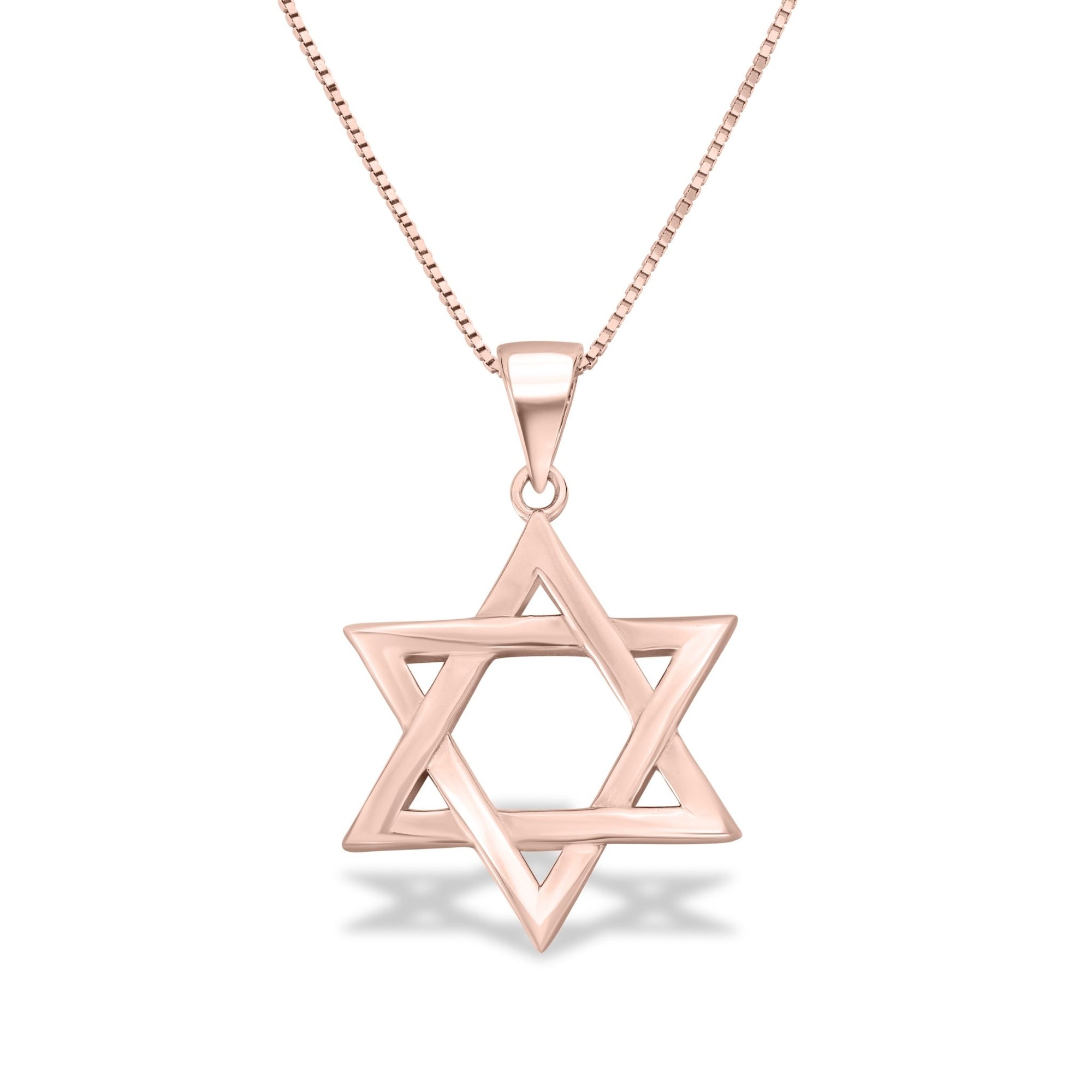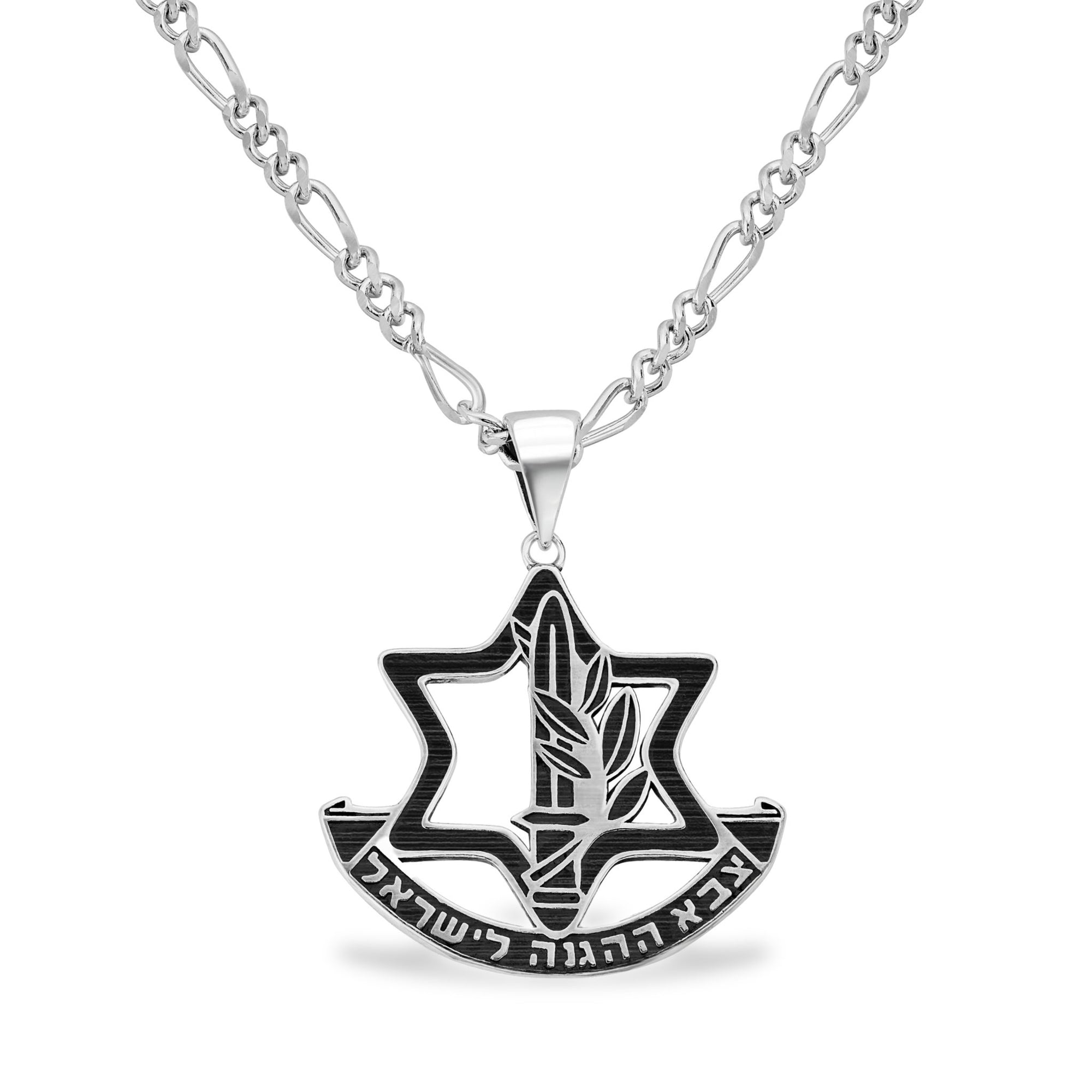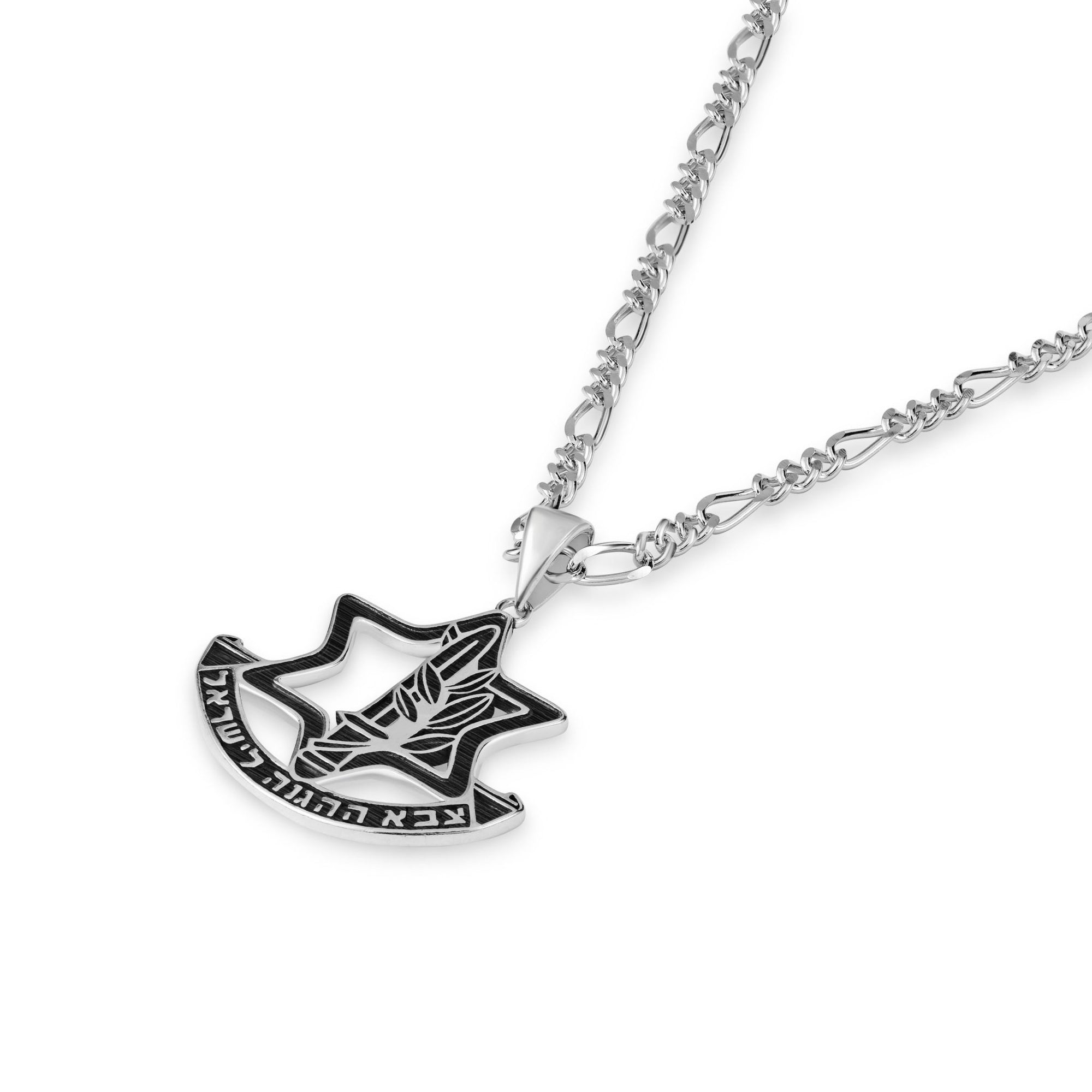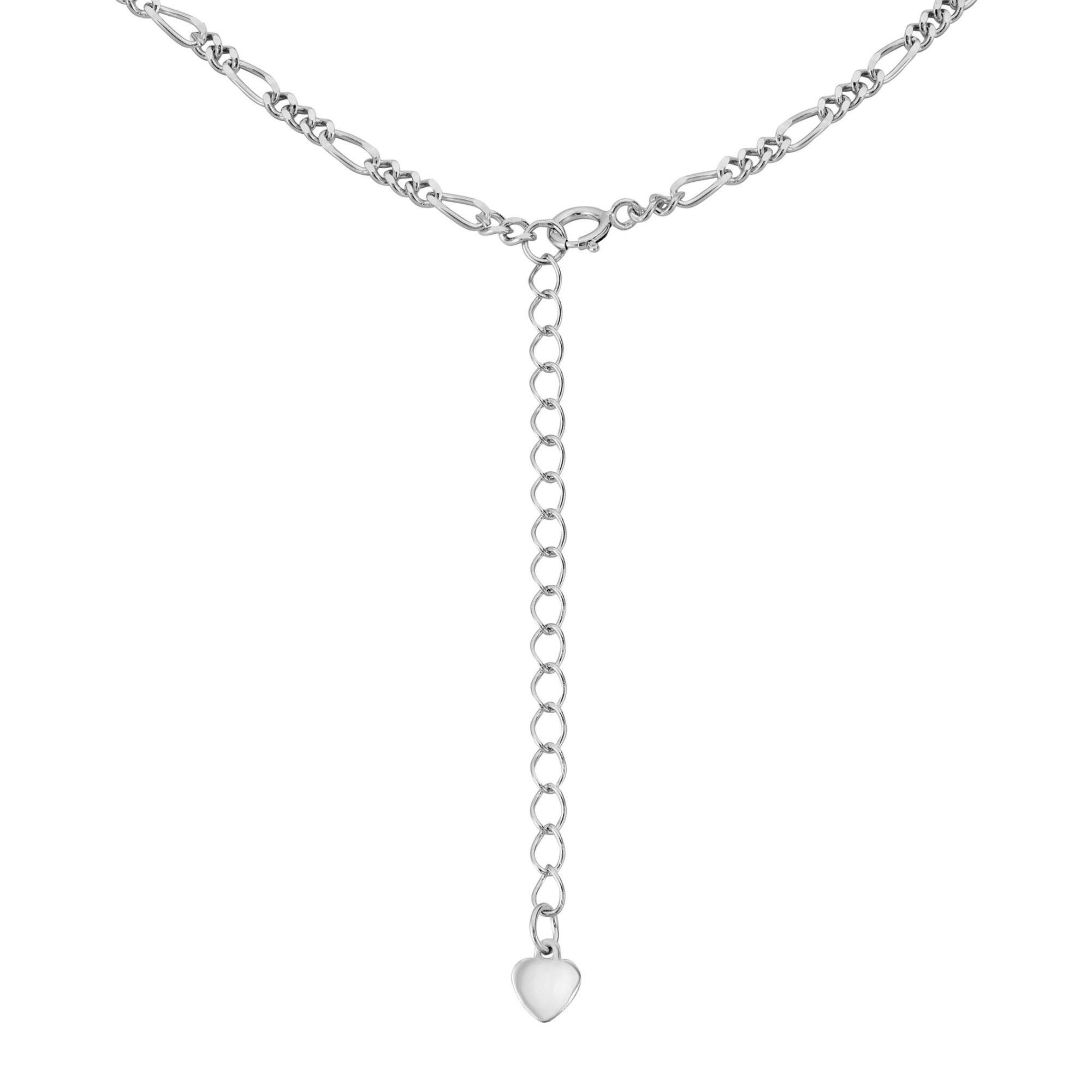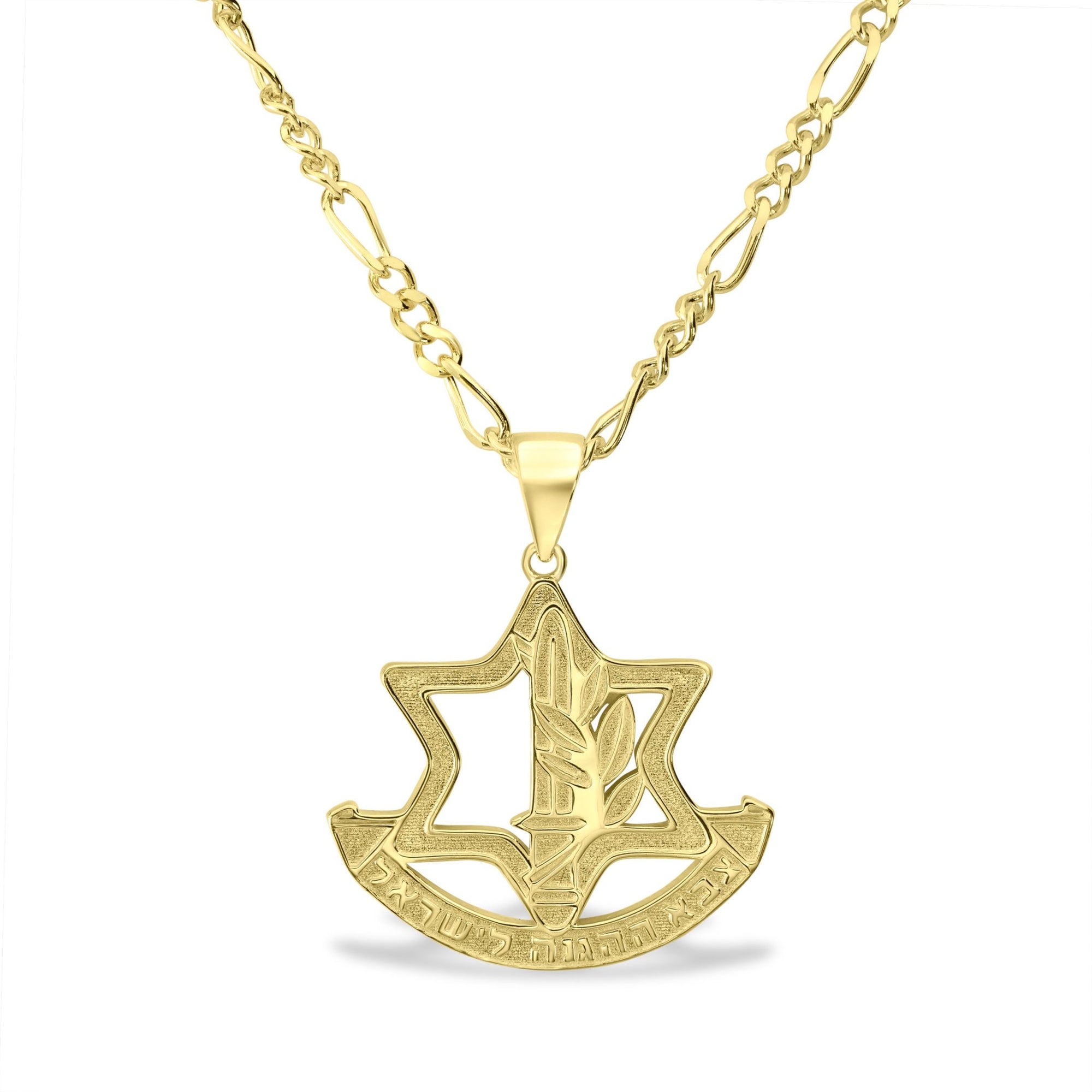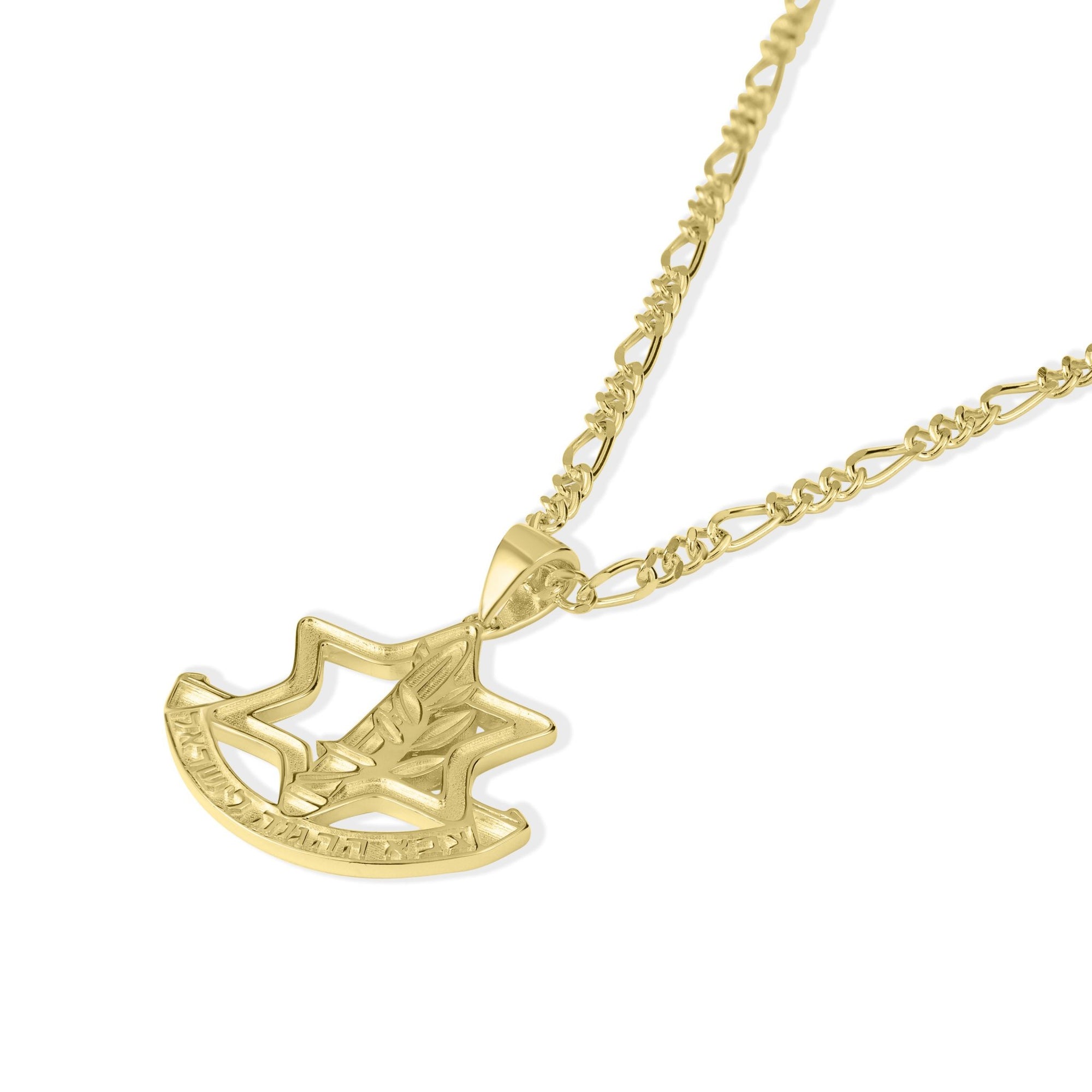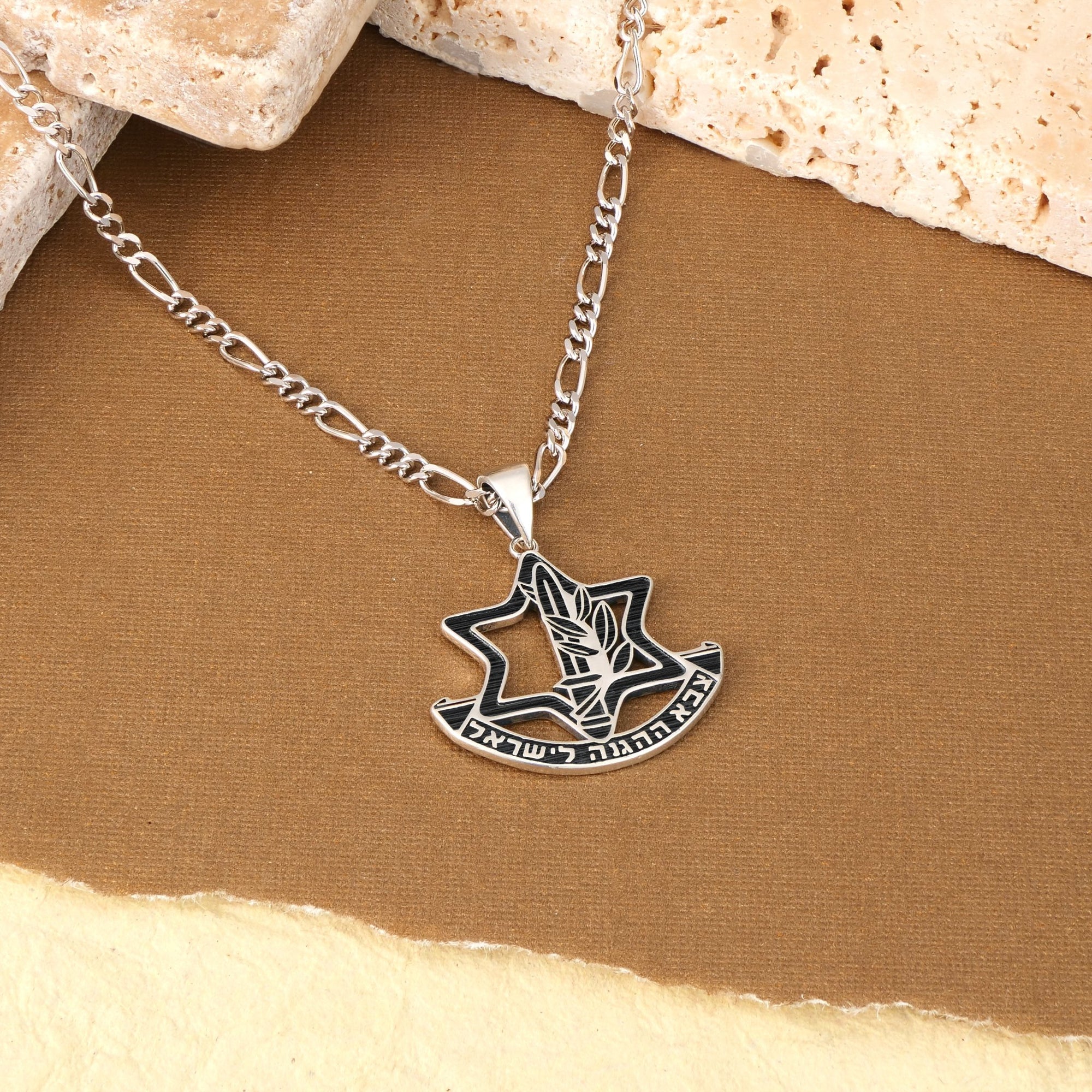Embracing Tradition Through Artful Adornment
Jewelry has long been a profound medium for expressing cultural identity, spirituality, and personal stories. In Israel, this art form intertwines deeply with Jewish heritage, reflecting centuries of tradition and modern creativity. This article explores the vibrant world of Israeli jewelry, highlighting its symbolic significance, rich history, masterful craftsmanship, and the influential artists shaping its contemporary scene. Join us as we celebrate Israeli culture through beautifully crafted jewelry pieces that carry timeless meanings and innovative designs.
The Cultural Significance and Symbolism of Israeli and Jewish Jewelry
Jewish and Israeli jewelry is much more than adornment; it embodies the spiritual, cultural, and historical essence of the Jewish people. Central symbols like the Star of David, Hamsa, Tree of Life, and Pomegranates carry profound meanings rooted in biblical stories, mystical teachings, and ancestral traditions.
The Star of David, also known as Magen David, became a visible symbol of Jewish identity during the Second Temple period and is now universally recognized as a representation of Judaism and Israeli pride. The Hamsa, a hand-shaped amulet believed to ward off the evil eye, connects to Middle Eastern and North African traditions, symbolizing protection, wisdom, and blessings.
The Tree of Life, or Etz Chaim, signifies growth, interconnectedness, and the perpetuity of cultural and spiritual heritage. Pomegranates, one of Israel’s seven species, symbolize abundance, fertility, and spiritual richness, often depicted in jewelry inspired by biblical references.
Many traditional pieces feature inscriptions from sacred texts like the Shema prayer or verses from the Song of Songs, emphasizing devotion and divine connection. The Chai symbol, meaning 'life,' embodies luck, prosperity, and vitality, with the number 18 (corresponding to the Hebrew letters) considered especially auspicious.
Contemporary Israeli artisans creatively blend these symbols with modern design elements, allowing personal expression to flourish while maintaining their deep-rooted significance. Whether worn as amulets, wedding jewelry, or everyday accessories, these motifs serve as reminders of faith, resilience, and the enduring bond to Jewish heritage and the land of Israel.
Historical Roots and Evolution of Israeli and Jewish Jewelry
Jewish jewelry boasts a rich history that stretches back thousands of years, deeply intertwined with religious rituals, cultural identity, and artistic expression. In biblical times, jewelry served both ornamental and spiritual purposes, with iconic symbols like the Star of David, Hamsa, Chai, and the Mezuzah forming core elements of personal adornment and protective amulets.
Ancient artifacts such as the Choshen, a priestly breastplate adorned with twelve precious stones representing the twelve tribes of Israel, exemplify the blend of religious symbolism and craftsmanship. Jewelry featured in sacred rituals and was often crafted from gold and precious stones, showcasing devotion, social status, and divine connection.
As Jewish communities spread across regions, distinct styles emerged. Sephardic jewelry, influenced by Middle Eastern, Mediterranean, and North African motifs, became known for its intricate filigree work and elaborate symbols like pomegranates and the Hamsa. Conversely, Ashkenazi jewelry, originating from Central and Eastern Europe, frequently displayed the Star of David paired with Hebrew inscriptions and gemstones.
Yemenite silversmithing brought a unique artistic flair characterized by detailed filigree and traditional motifs, reflecting regional history and cultural diversity. These styles contributed to a vibrant mosaic of Jewish jewelry, each embodying the heritage and artistic sensibilities of its community.
Moving into the modern era, Israeli jewelry has evolved to celebrate national identity and cultural continuity. Contemporary designers often blend traditional symbols with innovative techniques, using locally sourced materials such as Jerusalem and Eilat stones and recycled metals. This fusion creates pieces that honor their spiritual roots while appealing to global tastes.
Today, Israeli and Jewish jewelry continue to be a vital means of cultural expression. They serve as personal talismans, symbolic gifts for life milestones, and statements of cultural pride. Artists and designers from Jewish and Israeli backgrounds play vital roles in this ongoing evolution, embracing both tradition and innovation.
In sum, the history and development of Israeli and Jewish jewelry reflect a timeless conversation between spiritual belief, cultural heritage, and artistic adaptation. From biblical ornaments to contemporary masterpieces, Jewish jewelry remains a powerful testament to resilience, faith, and identity.
Jewish Symbols in Jewelry: Meanings, Origins, and Relevance
What Jewish symbols are commonly used in jewelry, and what are their meanings, origins, and cultural relevance?
Jewish jewelry often features a variety of meaningful symbols that reflect faith, heritage, and cultural identity. Among the most prominent is the Star of David, also known as Magen David. This symbol has mystical roots in Kabbalistic teachings and became an emblem of Jewish identity during the Second Temple period. Today, it is widely recognized as a sign of unity, resilience, and pride in Jewish culture, featuring prominently on the Israeli flag.
The Hamsa, or Hand of Miriam, is another widely used motif, revered as a protective amulet. It is believed to ward off the Evil Eye and brings blessings of protection, wisdom, and good fortune. Its origins trace back to Middle Eastern traditions and Jewish mystic practices, symbolizing divine protection across cultures.
The Chai symbol, composed of Hebrew letters ח (Chet) and י (Yud), means "life". It emphasizes vitalism and the importance of living with purpose. The number 18, representing the sum of the numerical values of the letters, is considered auspicious in Jewish tradition. Gifts or amulets featuring Chai are often exchanged during celebrations, symbolizing good luck and vitality.
Other significant symbols include the Menorah, a seven-branched candelabrum that symbolizes divine enlightenment and the enduring legacy of the Temple, and pomegranates, which represent abundance and spiritual richness. Pomegranates are tied to biblical themes and the Land of Israel, often seen in jewelry to evoke prosperity and connection to biblical lands.
Additional motifs include religious objects like the mezuzah, inscribed with biblical verses, which serve as a reminder of faith and divine commandments. Tefillin and talit also hold spiritual significance, often incorporated into jewelry as symbols of devotion.
These symbols collectively embody core aspects of Jewish faith, history, and culture, serving as personal talismans, expressions of pride, and connections to ancestors' spiritual legacies.
Traditional Israeli Jewelry Designs, Motifs and Craftsmanship Techniques
Israeli jewelry is renowned for its rich symbolism and meticulous craftsmanship, rooted deeply in Jewish culture and history. Classic motifs like the Star of David, Hamsa, Tree of Life, and the Chai are ubiquitous, each representing protection, life, prosperity, and divine connection. The Star of David, also known as Magen David, has become a universal emblem of Jewish identity, while the Hamsa, often depicted as an open hand with an eye, is believed to ward off evil and bring blessings.
In addition to these symbols, motifs inspired by biblical verses and the Land of Israel, such as Jerusalem stones and the map of Israel, are frequently incorporated, emphasizing national pride and spiritual heritage.
Craftsmanship techniques passed down through generations define the distinctive style of Israeli jewelry. Filigree and granulation, which involve delicate metalwork, are widely used to create intricate patterns and textures. Yemenite silverwork is especially notable for its detailed filigree and repoussé techniques, reflecting the country’s long-standing tradition of ornate metal craftsmanship.
Modern Israeli jewelers skillfully blend ancient art forms with contemporary aesthetics, often integrating geometric and floral designs inspired by ancient artifacts and modern art movements. Many artisans emphasize sustainable and ethical practices, utilizing recycled gold, conflict-free diamonds, and natural gemstones. This focus on responsible sourcing aligns with Israel’s innovative spirit and cultural values.
Overall, Israeli jewelry exemplifies a harmonious combination of traditional motifs, artisanal techniques, and modern influences—creating timeless pieces that celebrate heritage while embracing present-day artistry.
Varieties and Categories of Israeli Jewelry Pieces
Israeli jewelry showcases a rich diversity of styles, categories, and designs, each reflecting deep cultural and spiritual themes. The most common types include necklaces, earrings, rings, and bracelets, with each serving both aesthetic and symbolic purposes.
Necklaces often feature pendants with meaningful motifs such as the Star of David, Tree of Life, Hamsa, and biblical inscriptions. These pieces are crafted from various materials like gold, silver, and Jerusalem stones, emphasizing authenticity and local sourcing. Earrings can range from simple studs to elaborate designs inspired by Middle Eastern and Jewish traditions, often incorporating symbols like the Evil Eye for protection.
Rings, including wedding bands and signet rings, frequently carry Hebrew blessings, the word 'Chai,' or symbols of life and prosperity. Bracelets are popular for personal and spiritual adornment, with some featuring adjustable designs and charms representing protection, faith, and hope.
Materials used in Israeli jewelry encompass gold (white, yellow, and rose), sterling silver, and Jerusalem stones, along with gemstones sourced locally, such as Eilat stones and other natural minerals. Many artisans also create personalized pieces—engraving Hebrew names, blessings, or family symbols—to make jewelry uniquely meaningful.
Overall, Israeli jewelry combines traditional motifs, religious symbols, and contemporary aesthetics, making each piece a reflection of personal faith, cultural identity, and artistic craftsmanship. Its variety ensures there is something for every taste, occasion, or belief—serving as both treasured keepsakes and expressive cultural artifacts.
Influence of Israeli Culture, Heritage, and Religious Traditions in Jewelry Design
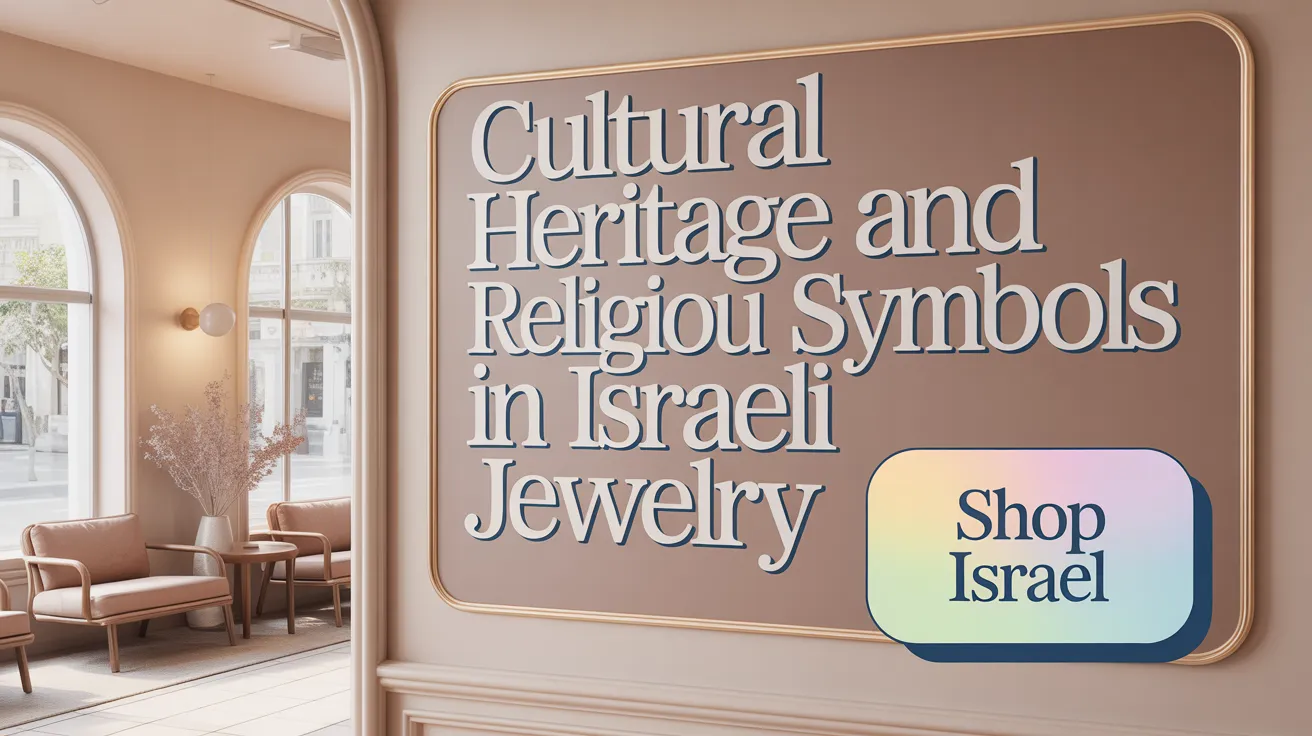
How do Israeli culture, heritage, and religious traditions influence jewelry designs?
Israeli jewelry seamlessly combines a rich array of cultural, historical, and spiritual elements, which deeply influence design choices. Traditional biblical motifs such as the Star of David, Menorah, and the Tree of Life appear frequently, symbolizing faith, divine light, and growth. These symbols connect wearers to their religious roots and cultural identity.
The diversity of Israel's population, including Sephardic, Ashkenazi, Yemenite, and other communities, introduces a broad spectrum of artistic influences. For example, Yemenite silversmithing with intricate filigree and North African motifs, and European-inspired designs from Ashkenazi traditions, create a vibrant mosaic of styles.
Jewelry also tells stories. Pieces often incorporate Hebrew names, biblical verses, or Land of Israel symbols, emphasizing spiritual connections and homeland pride. For instance, the map of Israel combined with inscriptions like “Am Yisrael Chai” (The People of Israel Live) embodies cultural resilience.
Women-led jewelry brands emphasize craftsmanship rooted in tradition while pushing sustainability trends by integrating recycled gold and conflict-free diamonds. This focus on ethical materials mirrors contemporary social values.
Overall, Israeli jewelry is a dynamic reflection of its people's history, faith, and multicultural influences. It acts as a tangible expression of identity, linking ancestors' stories with modern values and artistic innovation.
| Influences | Examples | Significance |
|---|---|---|
| Biblical motifs | Star of David, Menorah | Religious identity and heritage |
| Cultural diversity | Yemenite filigree, European symbols | Artistic richness and inclusivity |
| Land and national symbols | Map of Israel, Am Yisrael Chai | Homeland pride and resilience |
| Contemporary values | Recycled gold, conflict-free stones | Ethical practices and sustainability |
This blend of tradition and modernity ensures Israeli jewelry remains meaningful, culturally rich, and relevant for today's society.
Notable Israeli Jewelry Artists and Their Contributions

Israeli jewelry industry boasts a diverse array of talented designers who have significantly shaped both connoisseur and global markets. Prominent figures such as David Bloch are celebrated for their masterful craftsmanship and innovative techniques, often blending traditional Jewish symbols with contemporary aesthetics. Tamar Bar-Giora is known for her minimalist yet meaningful pieces, incorporating motifs like the Star of David and the Tree of Life with modern elegance.
Etty Ben Zvi has carved a niche by integrating cultural storytelling into her jewelry, emphasizing craftsmanship that respects ancient traditions while embracing modern design. Renowned for luxury collections, Anbinder combines intricate filigree work with high-quality materials like Roman Glass and Eilat stones, elevating Israeli jewelry to international acclaim.
Other influential artisans include Nano Jewelry, which creates spiritual pieces inscribed with Hebrew blessings and inscriptions, emphasizing a connection to faith and heritage. Marina Jewelry is recognized for its delicate silver charms inspired by Jewish motifs, making cultural symbols accessible and stylish.
A notable shift in the scene is driven by female-led brands such as Hotcrown and ADDA Gems. Ginat Moyal of Hotcrown emphasizes ethical practices, creating recycled gold pieces inspired by French royal fashion and history, while Tanya Liberman’s ADDA Gems showcases bold, innovative designs with unrefined stones sourced ethically.
These designers and artisans masterfully blend traditional symbols like the Hamsa, Chai, and Star of David with innovative techniques and sustainable practices. Their work not only contributes to Israel’s cultural representation but also influences the global jewelry scene, combining spiritual symbolism with contemporary art. Their collective efforts highlight Israel’s unique cultural heritage and its growing reputation as a hub of innovative jewelry design.
Exceptional Craftsmanship and Unique Features of Handmade Israeli Jewelry

Israeli handmade jewelry stands out for its meticulous craftsmanship and deep cultural resonance. Traditional techniques such as filigree, which involves delicate metal weaving, and intricate engraving are hallmarks of Israeli artisans’ expertise. These methods allow for detailed, ornate designs that connect modern pieces to ancient traditions.
The choice of materials further distinguishes this jewelry. High-quality metals like gold (white, yellow, and rose), silver, and conflict-free diamonds are common. Additionally, unique Israeli stones such as Jerusalem stones and Eilat stones often feature in the designs, adding a regional and historical significance to each piece.
Personalization is a vital aspect of Israeli jewelry. Many pieces incorporate inscriptions of Hebrew names, biblical verses, or blessings, transforming jewelry into personal storytelling artifacts. Symbols like the Star of David, Hamsa, Chai, and Mezuzah are frequently featured, each imbued with spiritual meaning and cultural significance.
This craftsmanship not only results in visually stunning jewelry but also plays a crucial role in cultural preservation. It helps maintain Jewish traditions, celebrate heritage, and foster a sense of identity. In blending ancient symbolism with modern aesthetics, handmade Israeli jewelry remains a vibrant expression of faith, history, and artistry.
Trailblazing Israeli Women Jewelry Artists Redefining Tradition

Who are some contemporary Israeli women jewelry artists, and what impact have they made on the industry?
Contemporary Israeli women jewelry artists are significantly shaping the industry with their innovative creations and commitment to cultural and ethical values. These artists blend deep-rooted traditions with modern aesthetics, making Israel a notable hub of jewelry design.
Among them, Tamar Bar-Giora and Mirit Ben-Nun stand out for their unique styles that incorporate Israeli motifs and contemporary art trends. Their work resonates globally, showcasing Israeli craftsmanship and cultural narratives.
Pioneers like Ginat Moyal of Hotcrown and Tanya Liberman of ADDA Gems have emphasized sustainable practices, using recycled gold and conflict-free stones. Such ethical sourcing practices align with a growing global demand for responsible jewelry as detailed in How Israeli women jewelers are redefining tradition.
Other influential artists such as Sapir Zimmerman and Mor Kirshtein of Be Sembol focus on creating interchangeable jewelry pieces that carry personal and emotional significance. Daniela Dana Wertheimer of Dada crafts statement jewelry inspired by historical figures and contemporary fashion, often using recycled materials. More about these innovative approaches can be found in Forbes' coverage of Israeli women jewelers.
Exhibitions and curated shows organized by leaders like Rachel Sasporta highlight the diverse themes and rich stories behind Israeli jewelry, emphasizing its importance as a cultural expression. These artists and their initiatives are elevating Israel’s reputation in the international jewelry scene.
Their work not only reflects a blend of tradition and innovation but also promotes sustainability and emotional connection, inspiring new trends worldwide and confirming Israeli women’s vital role in redefining jewelry craftsmanship.
Popular Israeli Jewelry Trends and Collections

What are some popular Israeli jewelry trends and notable collections?
Israeli jewelry is renowned for its blend of tradition and contemporary design, characterized by a strong emphasis on cultural symbols and innovative craftsmanship. Trend-wise, minimalist styles featuring Hebrew letters and significant Jewish symbols like the Star of David, Hamsa, and Tree of Life are highly popular. These designs often incorporate materials such as Eilat Stone, a locally quarried gemstone unique to Israel, and Roman glass, adding authentic regional flair.
Many collections draw inspiration from Israel’s diverse landscape, rich history, and vibrant religious heritage. For instance, brands like Studio Golan focus on sustainability, using recycled gold and conflict-free diamonds to create elegant pieces that symbolize both beauty and ethical responsibility, reflecting the innovation described in Israeli women jewelers redefining tradition.
Prominent designers such as Ginat Moyal and Dana Wertheimer have gained recognition for their innovative use of traditional motifs like blessings, Torah scripts, and personalized Hebrew names, turning jewelry into meaningful cultural expressions. These pieces are often crafted with high-quality metals—gold (white, yellow, and rose) and sterling silver—further emphasizing their luxury appeal.
The most noteworthy collections feature a mix of symbolic religious artifacts and modern aesthetics, making them suitable for special occasions like Bar Mitzvahs, weddings, or as everyday expressions of faith and cultural pride. The integration of indigenous materials, traditional symbols, and contemporary design ensures that Israeli jewelry continues to evolve while maintaining its deep cultural roots. For deeper insights, explore Jewish jewelry history and symbolism.
| Trends & Motifs | Materials | Inspiration Source | Examples of Collections |
|---|---|---|---|
| Minimalist Hebrew letters | Gold, Silver | Jewish heritage, spirituality | Hotcrown’s 'Tailored' collection |
| Symbols like Hamsa, Tree of Life | Eilat Stone, Roman glass | Israeli landscape, tradition | Studio Golan’s eco-friendly pieces |
| Personalization with Hebrew names | Recycled gold | Family, identity | MyGemma’s custom designs |
| Sustainability focus | Conflict-free diamonds | Ethical fashion | Dada by Dana’s statement jewelry |
Choosing Israeli Jewelry for Gifting and Special Occasions
Selecting the perfect piece of Israeli jewelry for a meaningful gift or special milestone involves thoughtful consideration of cultural and religious symbols. Jewelry featuring iconic motifs like the Star of David, Chai, or Tree of Life embodies deep spiritual beliefs and cultural pride. These symbols serve as reminders of faith, heritage, and hope, making them especially suitable for celebratory occasions such as Bar or Bat Mitzvahs, weddings, or anniversaries.
Personalization adds a special touch to Israeli jewelry. Incorporating Hebrew names, biblical verses, or meaningful inscriptions transforms a beautiful piece into a treasured keepsake. Designs that include references to Israel, such as the map of the land or symbols like the Jerusalem stones and Eilat stones, deepen the personal connection.
Materials used in Israeli jewelry often reflect the country’s rich natural resources and craftsmanship. Locally quarried stones like Jerusalem and Eilat stones are not only visually striking but also carry cultural significance. High-quality metals such as gold (white, yellow, or rose) and sterling silver, crafted by skilled artisans, create durable and heirloom-quality pieces that highlight Israel’s artisanal heritage. Discover more about traditional craftsmanship and sustainable practices by Israeli women jewelers.
For important milestones, such as birthdays, religious celebrations, or family achievements, selecting jewelry that symbolizes enduring values can add profound meaning. Pieces designed for these occasions often feature traditional motifs combined with contemporary styles, ensuring relevance for all generations.
To ensure authenticity and support local craftsmanship, look for jewelry made by Israeli artisans in Jerusalem and other cultural centers. These creations carry history, tradition, and personal stories, making each gift not just beautiful but also rich in cultural significance. Learn more about traditional Jewish jewelry and its unique heritage.
More about choosing Israeli jewelry for special occasions: When searching for the perfect gift, consider the symbolism behind each design and the personal preferences of the recipient. A well-chosen piece of Israeli jewelry can become a cherished family heirloom full of spiritual, cultural, and artistic meaning.
Jewelry as a Living Testament to Israeli Culture and Heritage
Israeli and Jewish jewelry stands as a vibrant testament to a resilient culture woven through millennia of history, faith, and artistry. From ancient symbols deeply embedded in spiritual practice to contemporary designs shaped by innovative artisans, jewelry embodies the enduring narratives of identity and heritage. Whether worn as an intimate personal expression, a meaningful gift, or a link to ancestral roots, these beautifully crafted pieces offer more than adornment—they celebrate the soul of Israeli culture itself. Embracing these treasures allows individuals to carry forward tradition, connect with their community, and participate in a legacy of craftsmanship that continues to shine brightly in the modern world.









